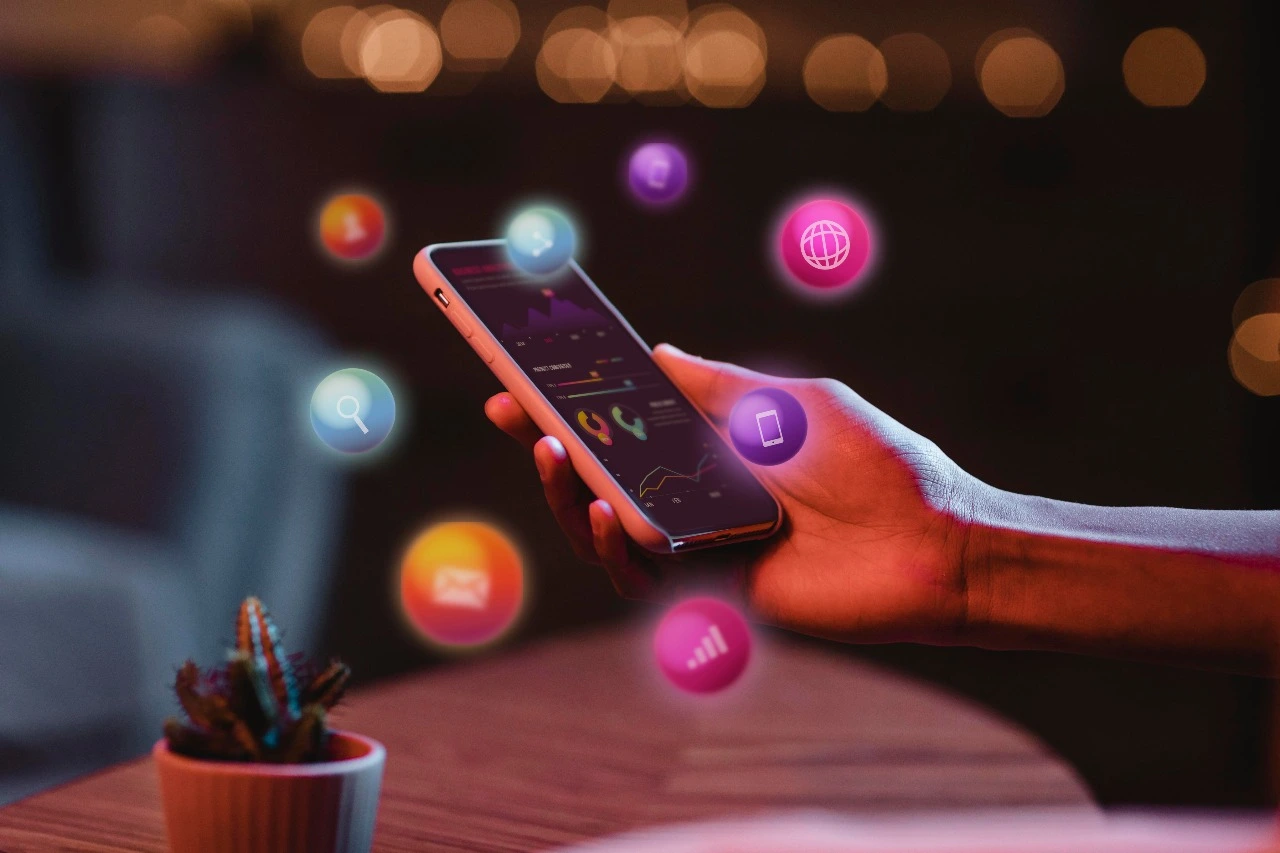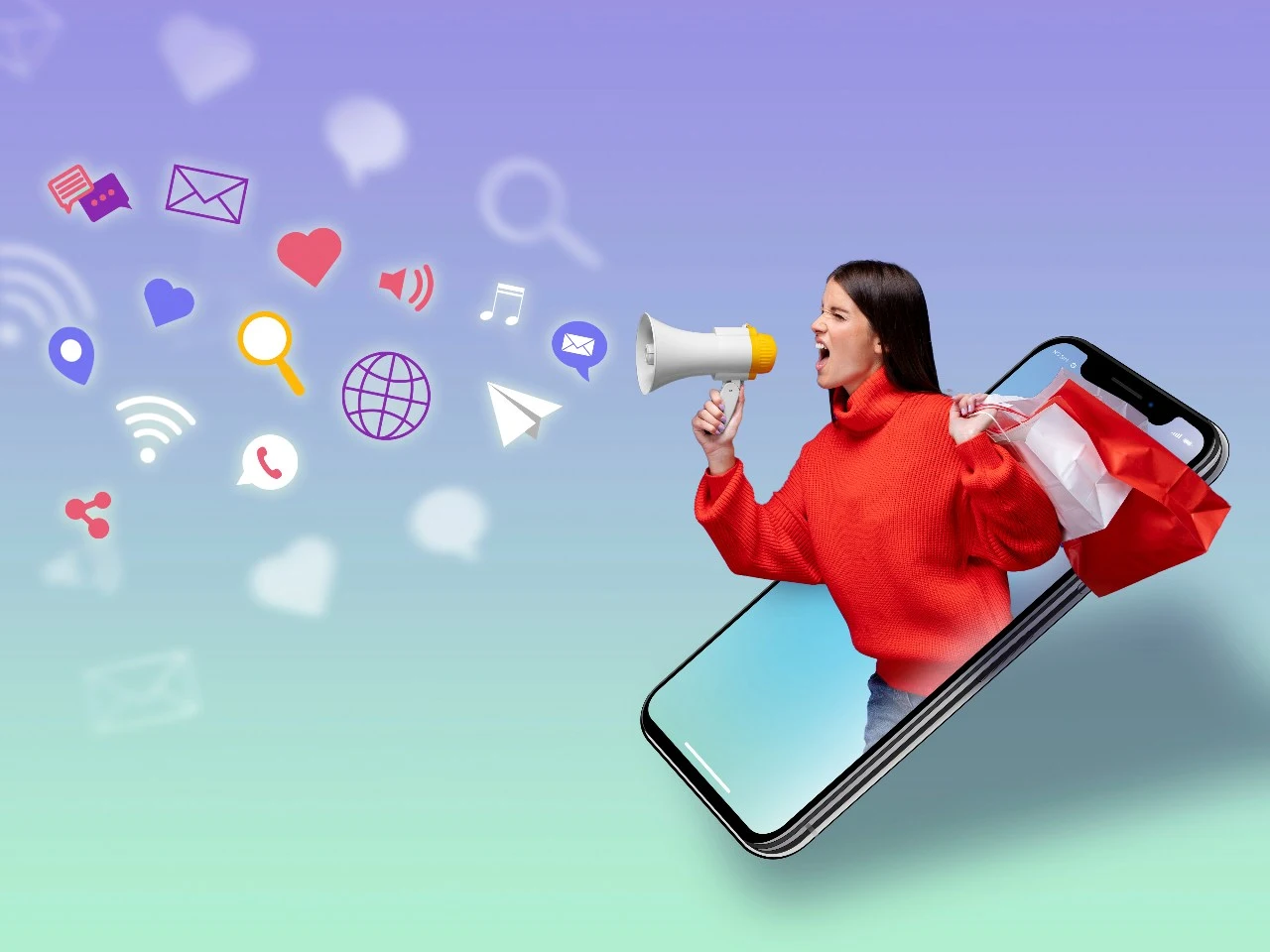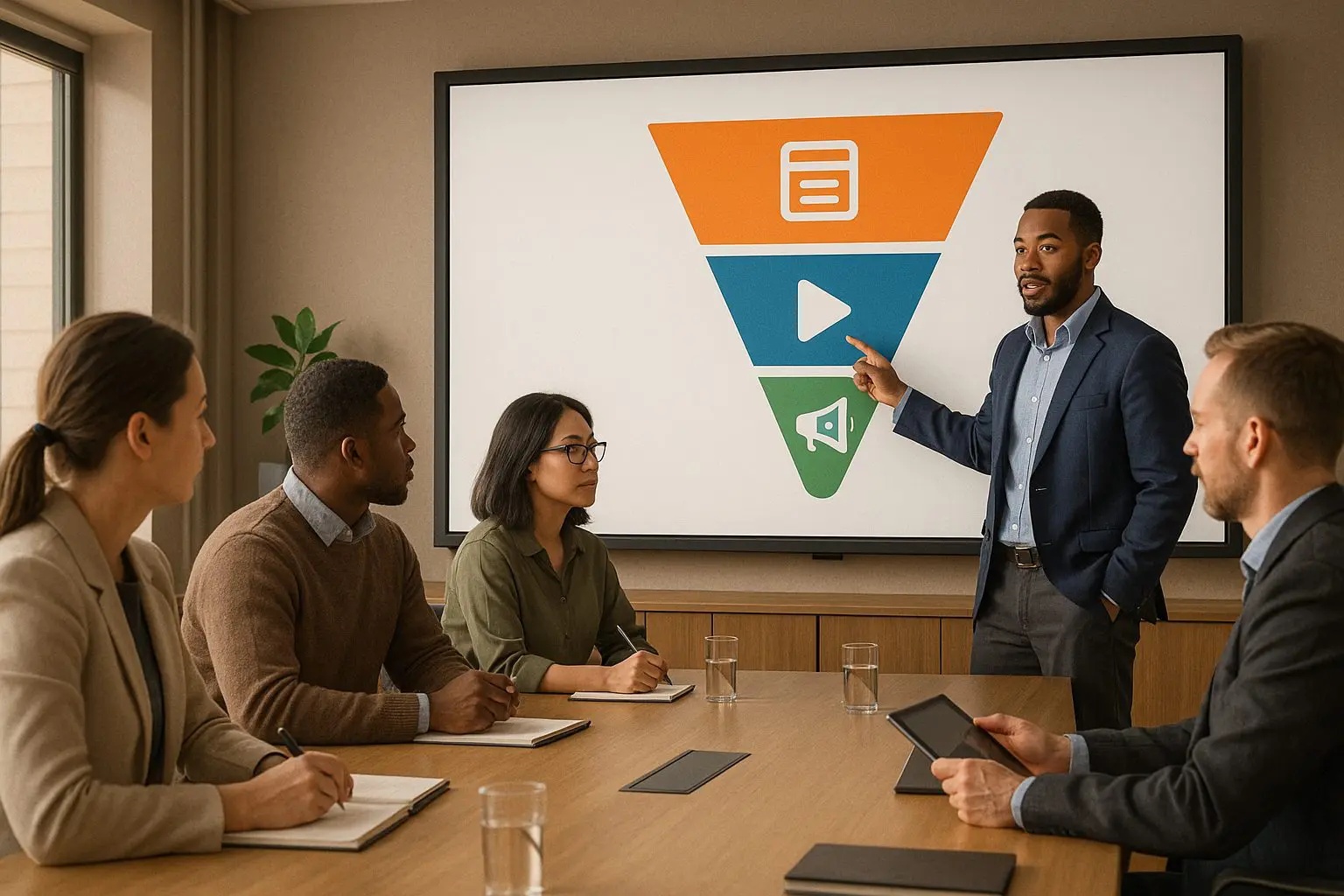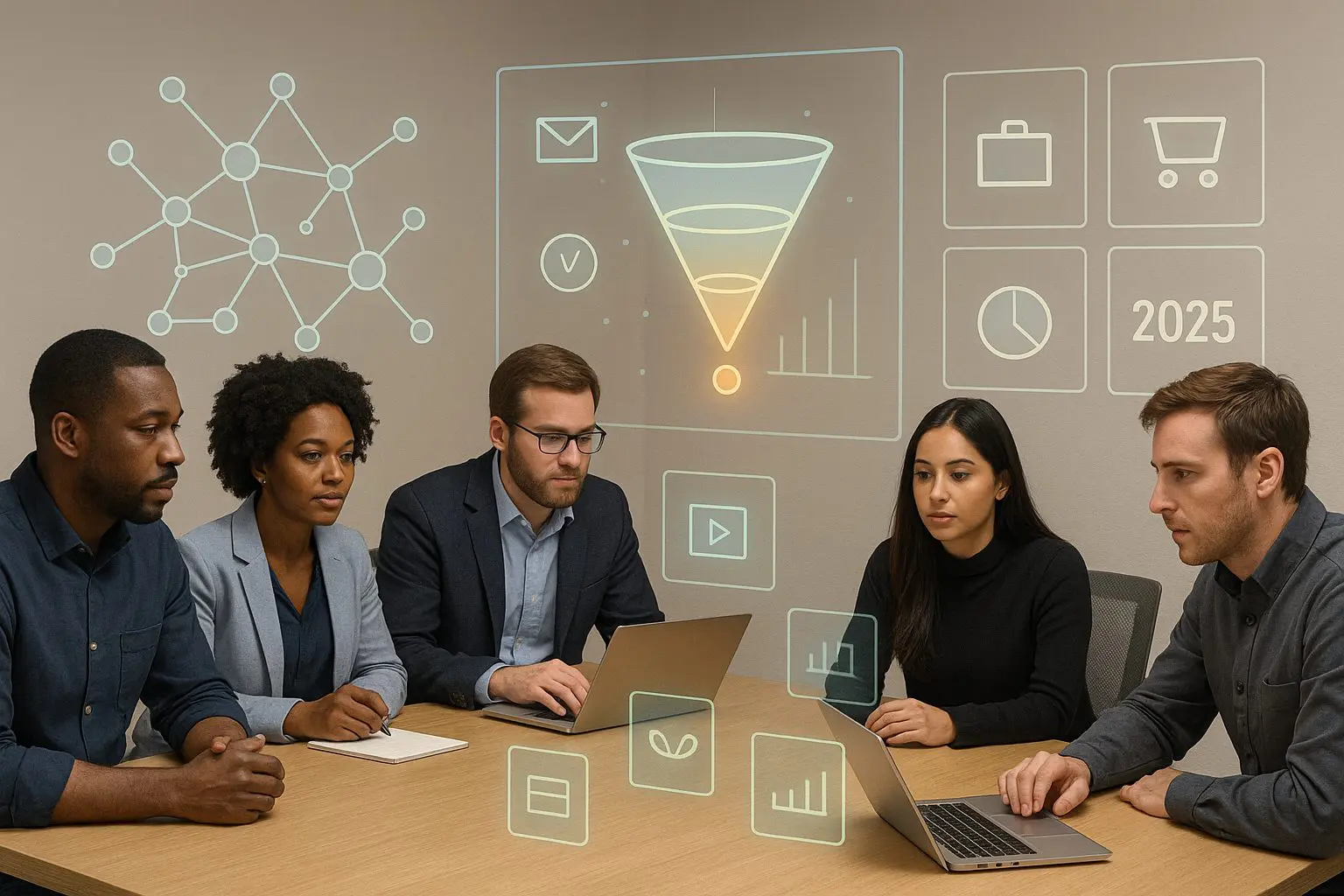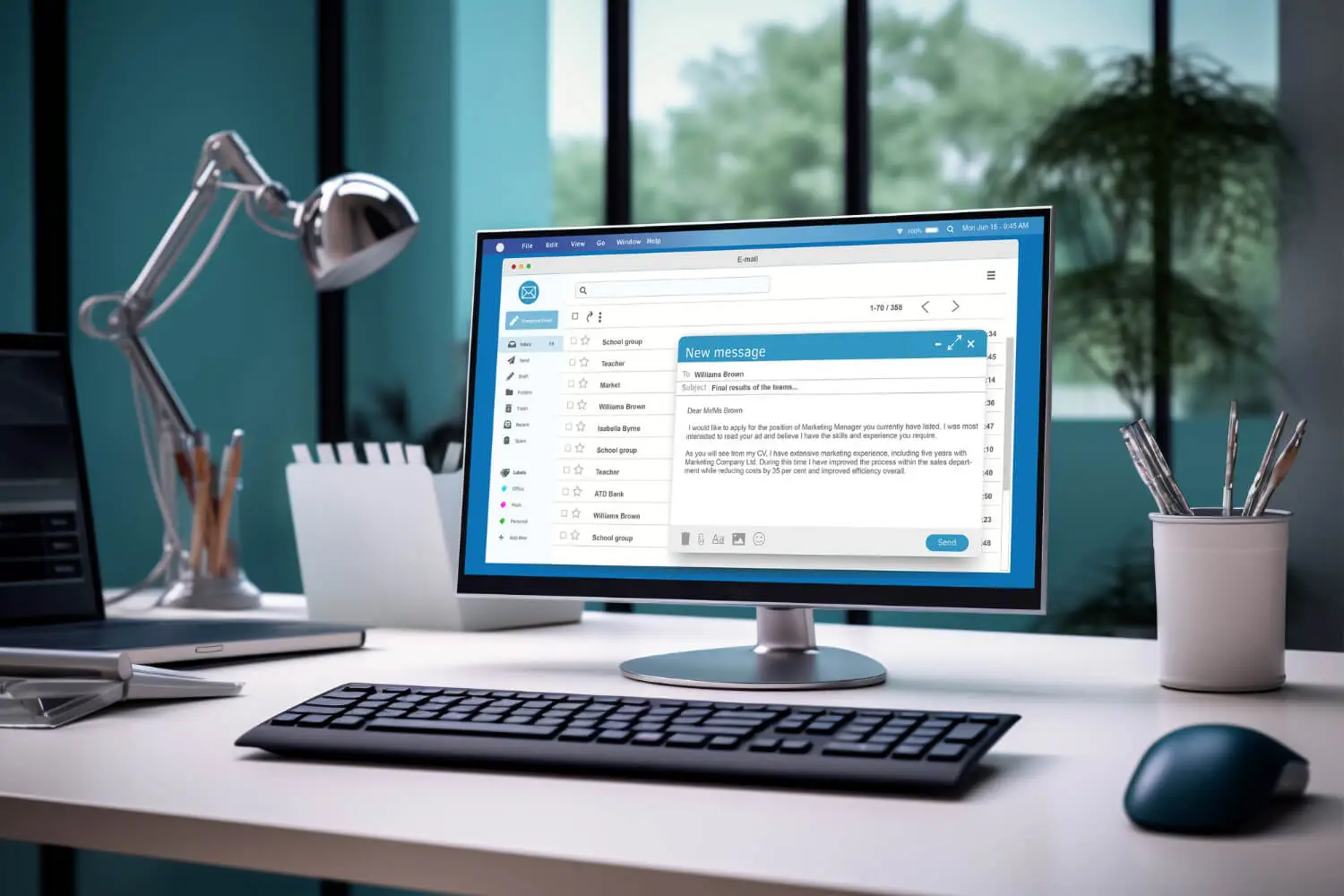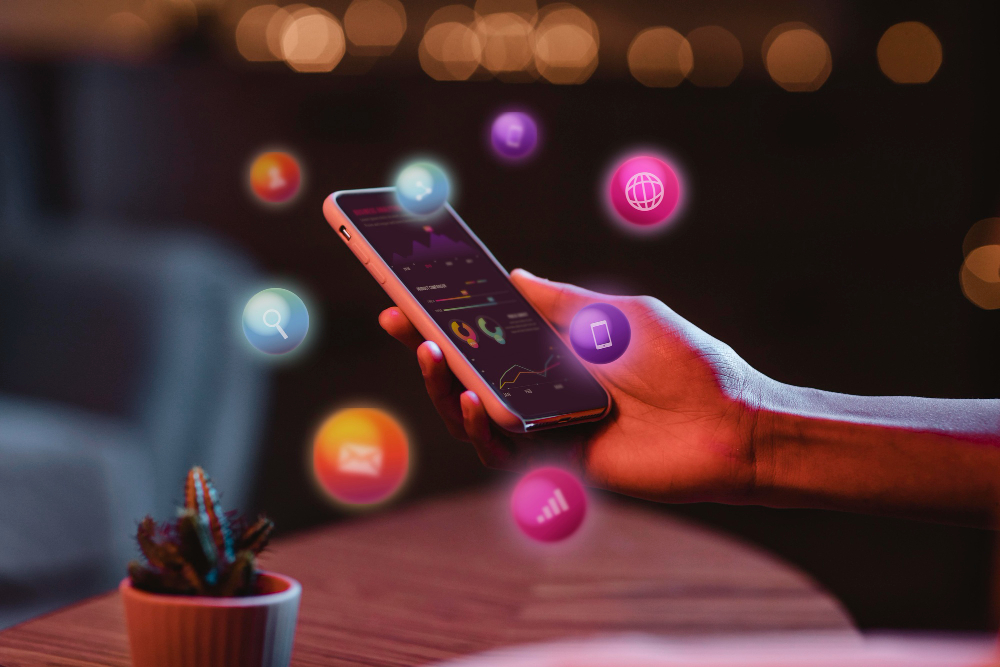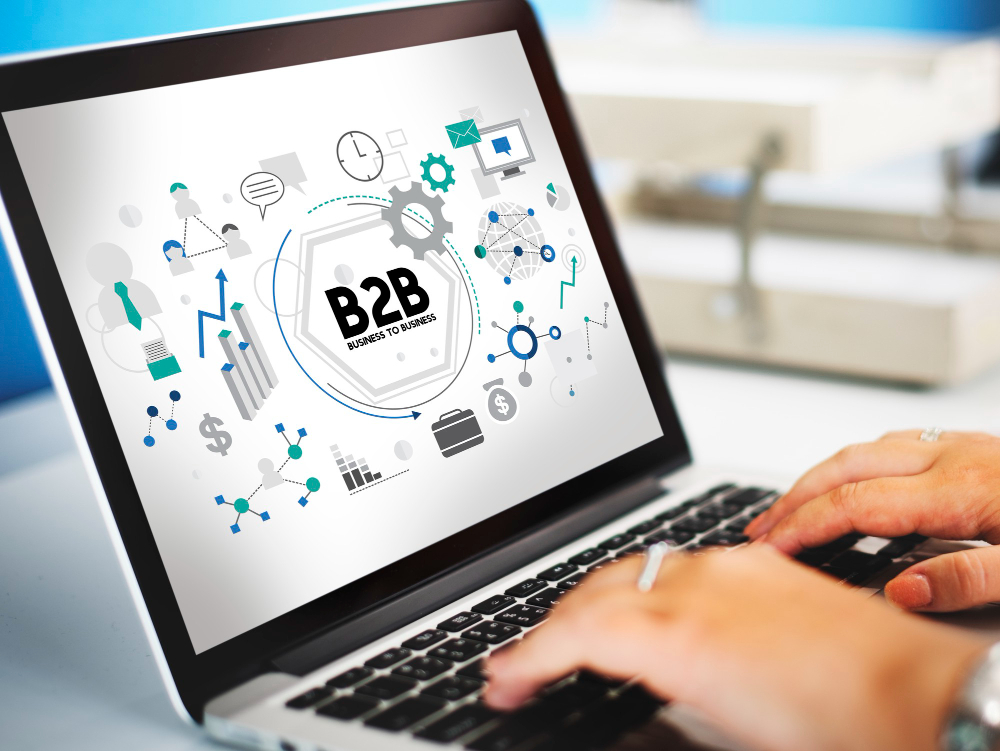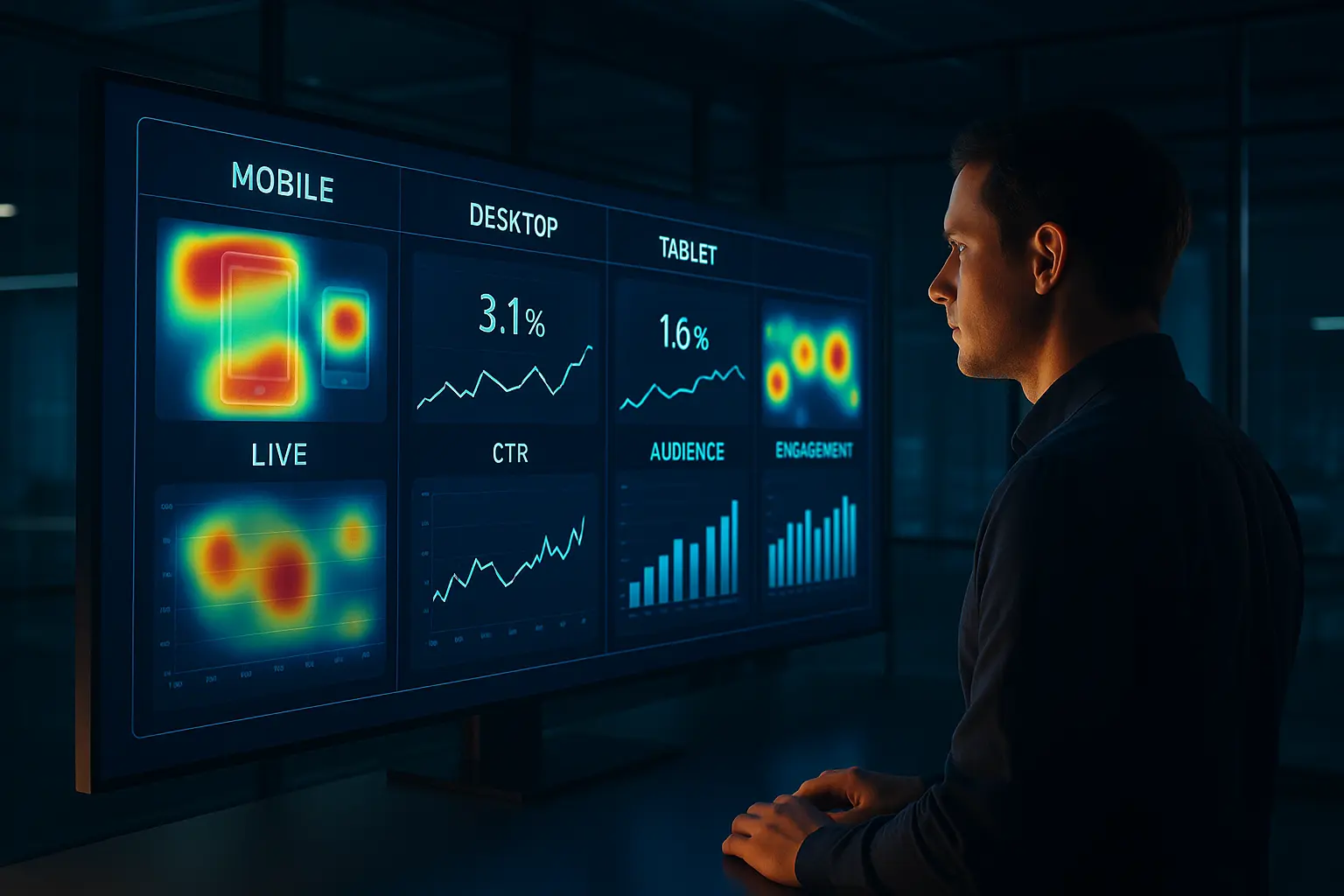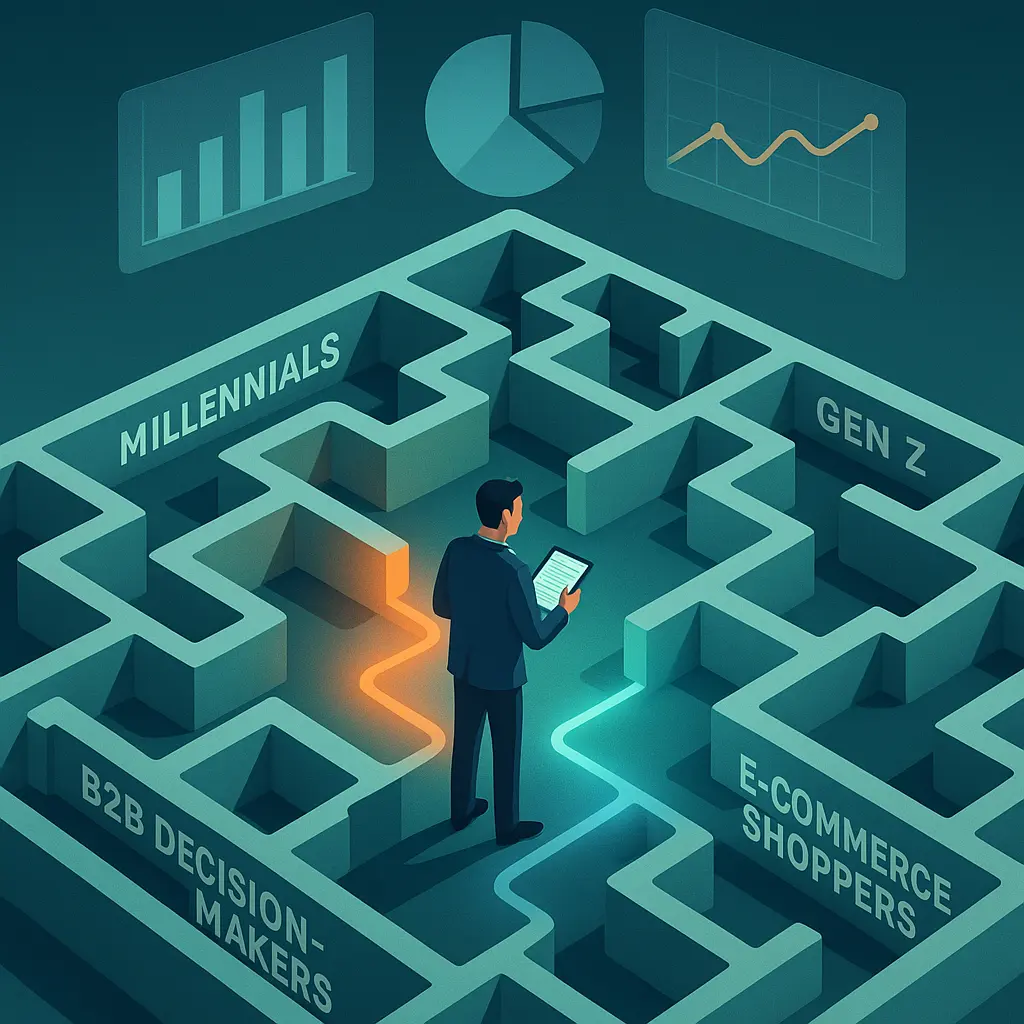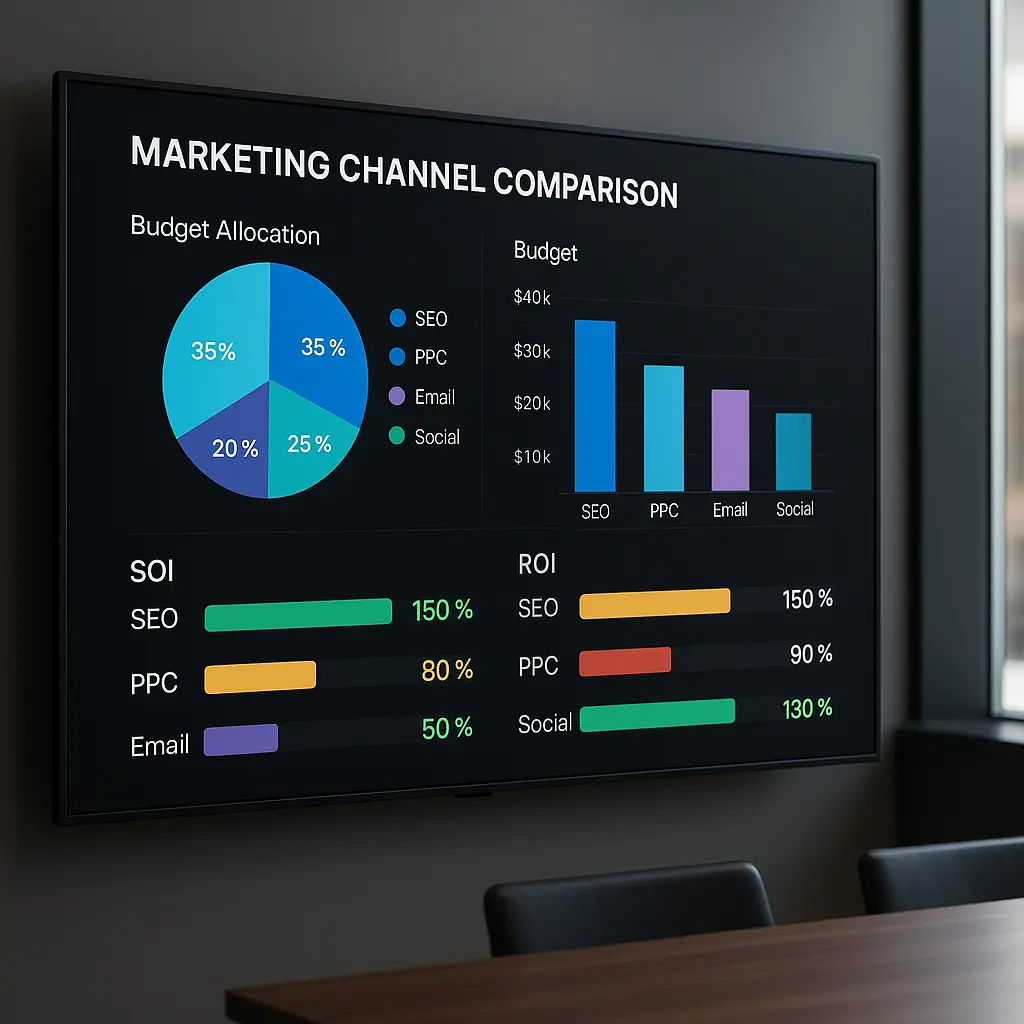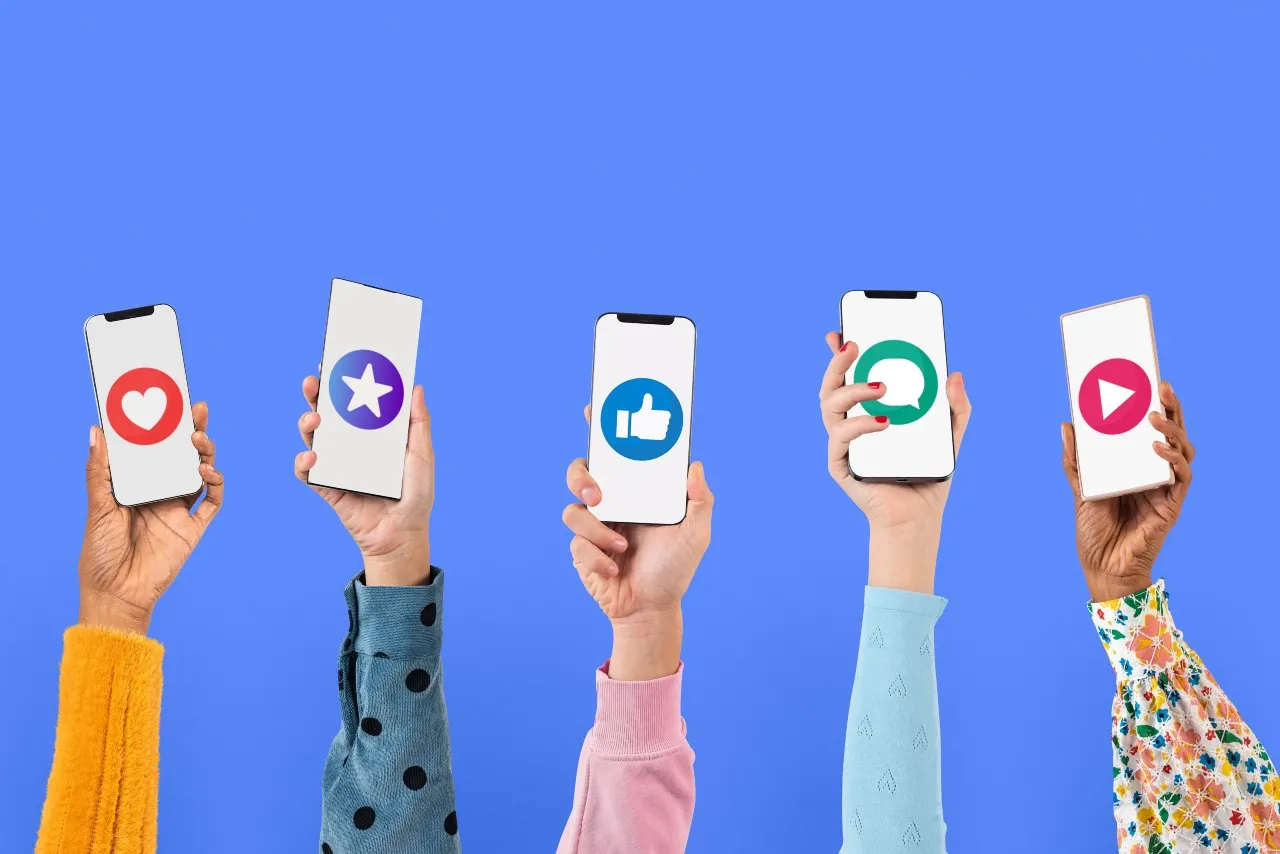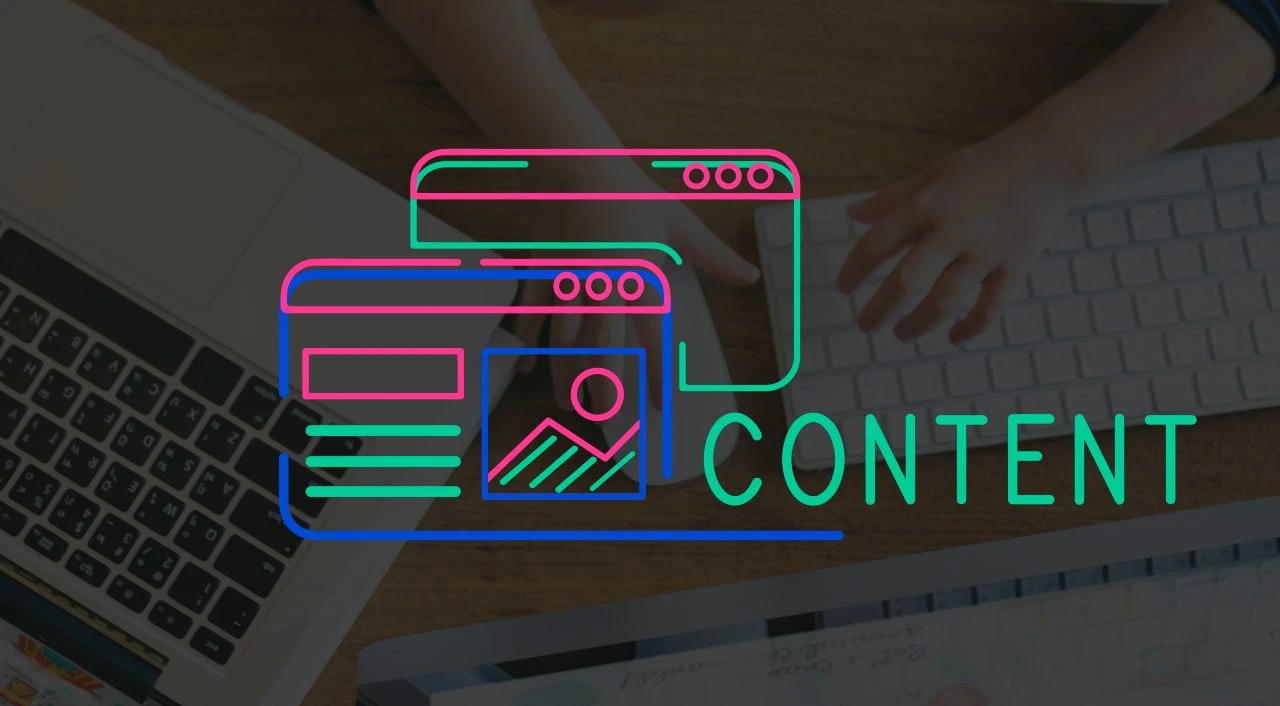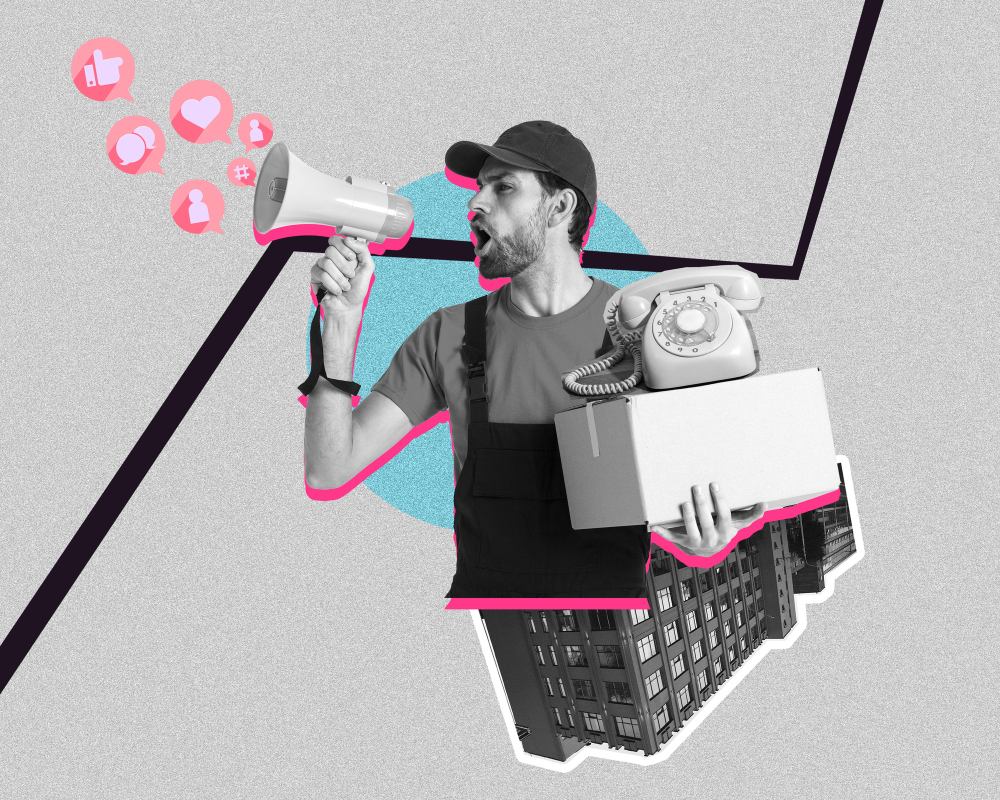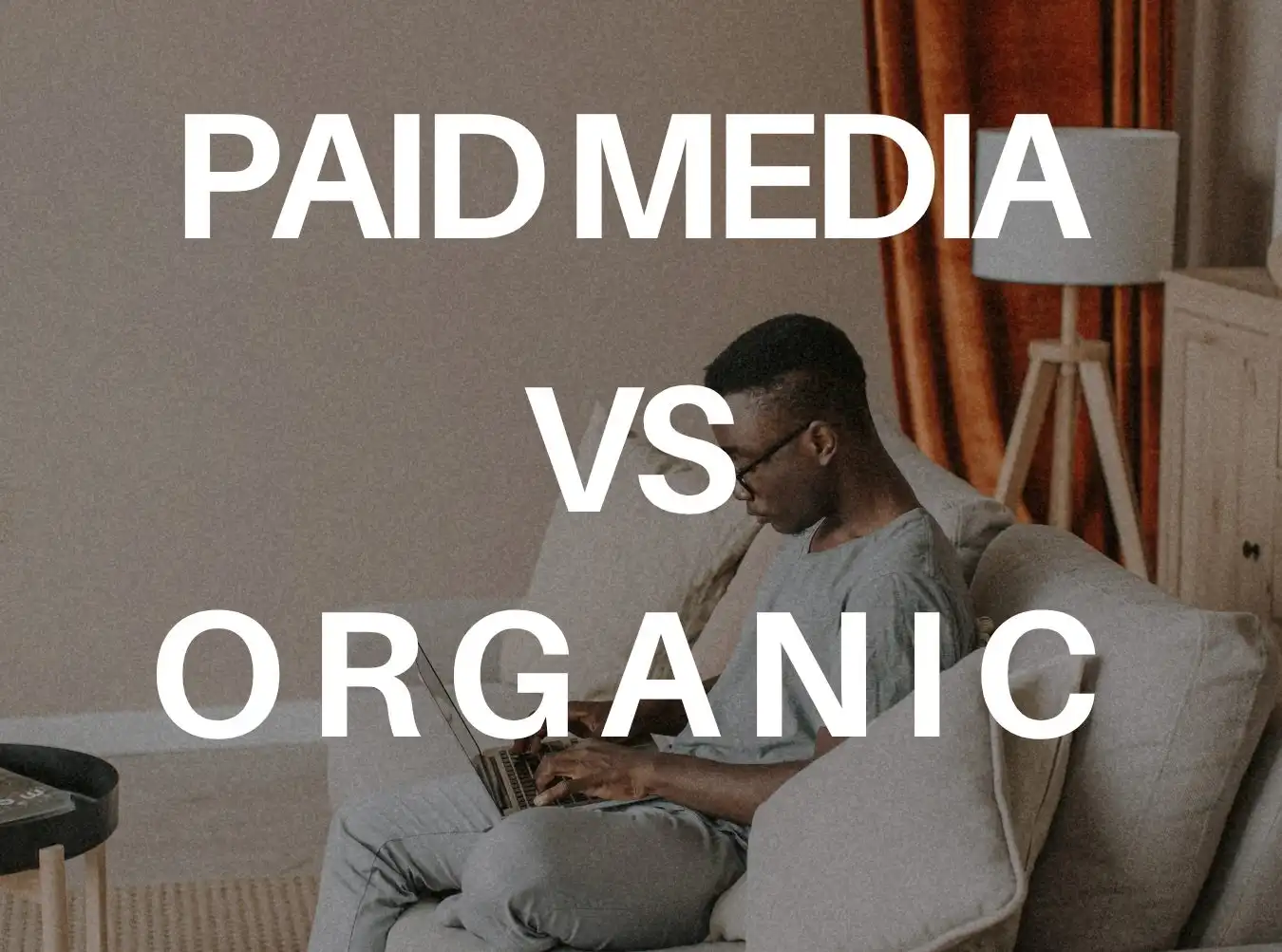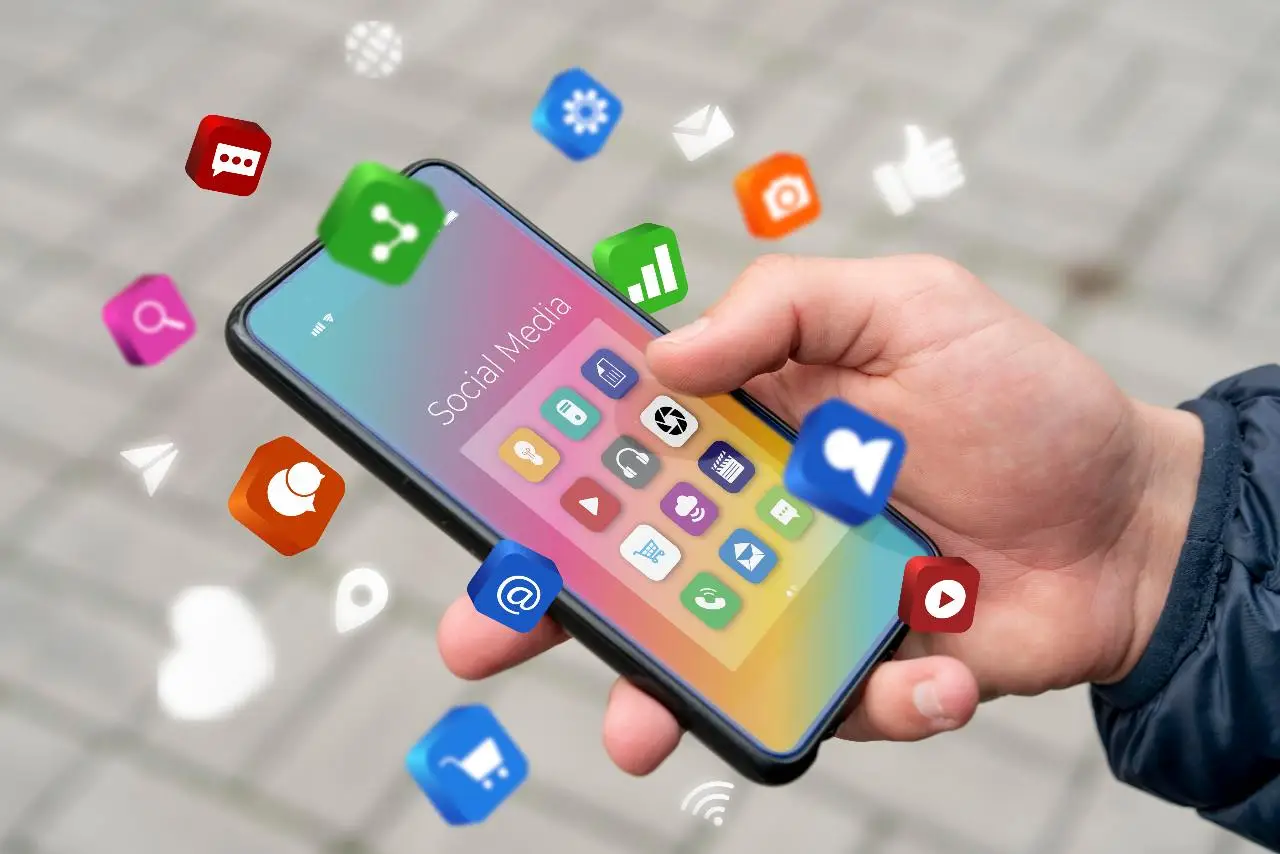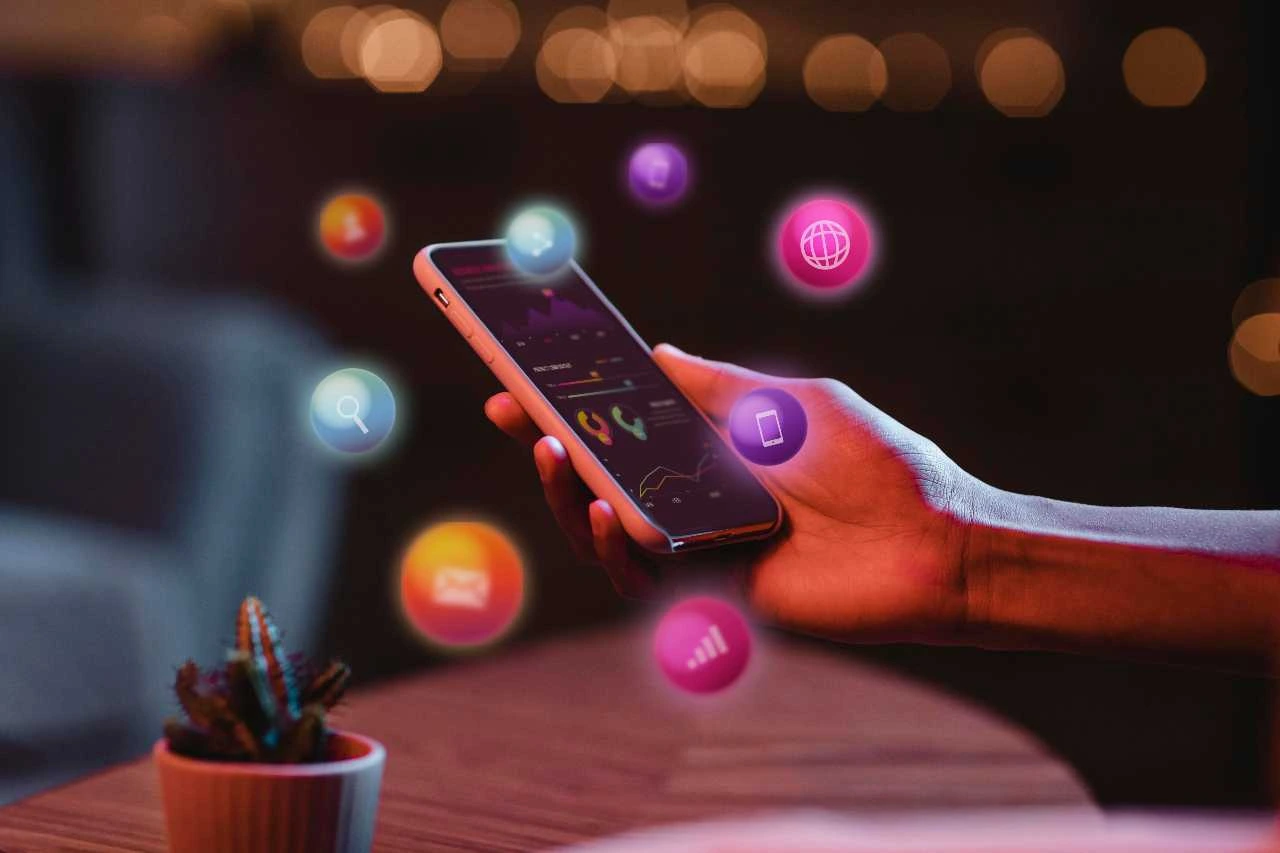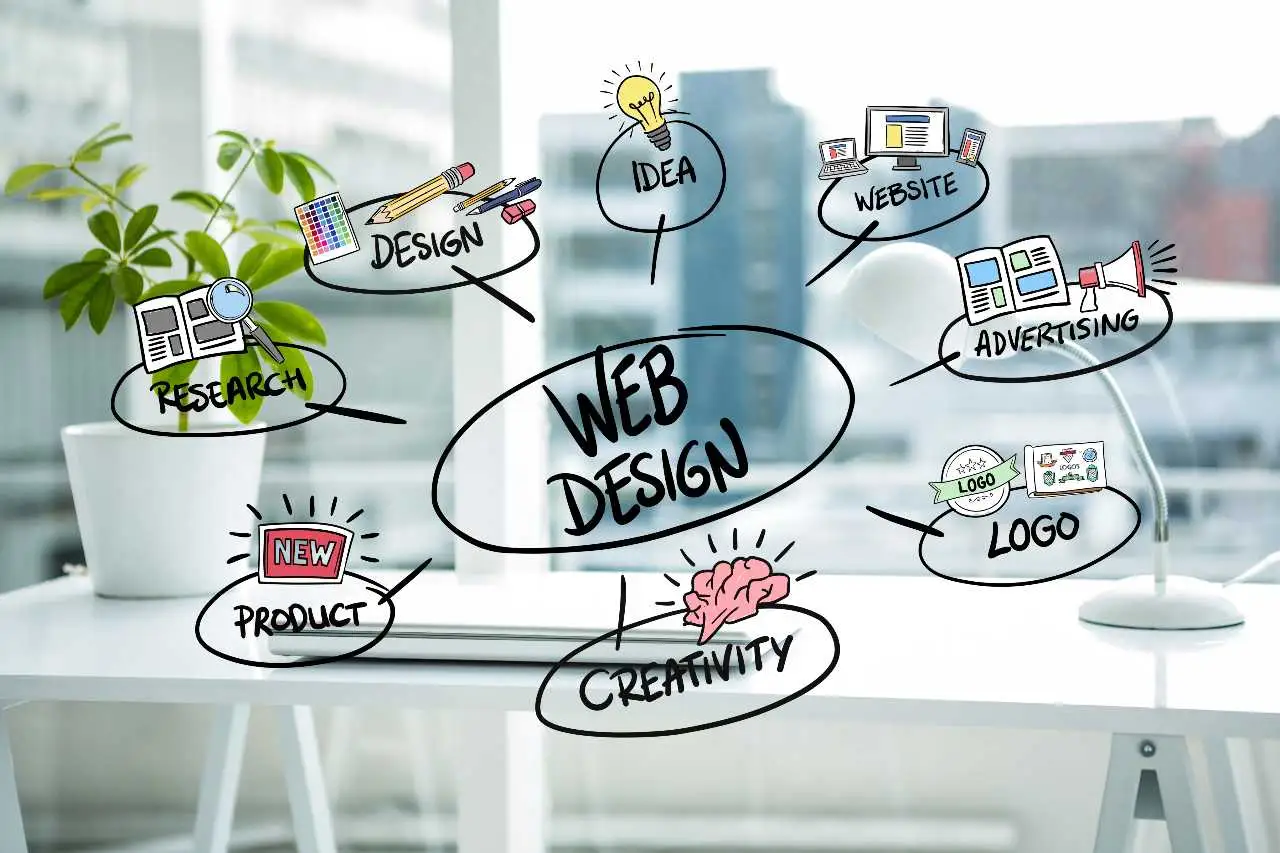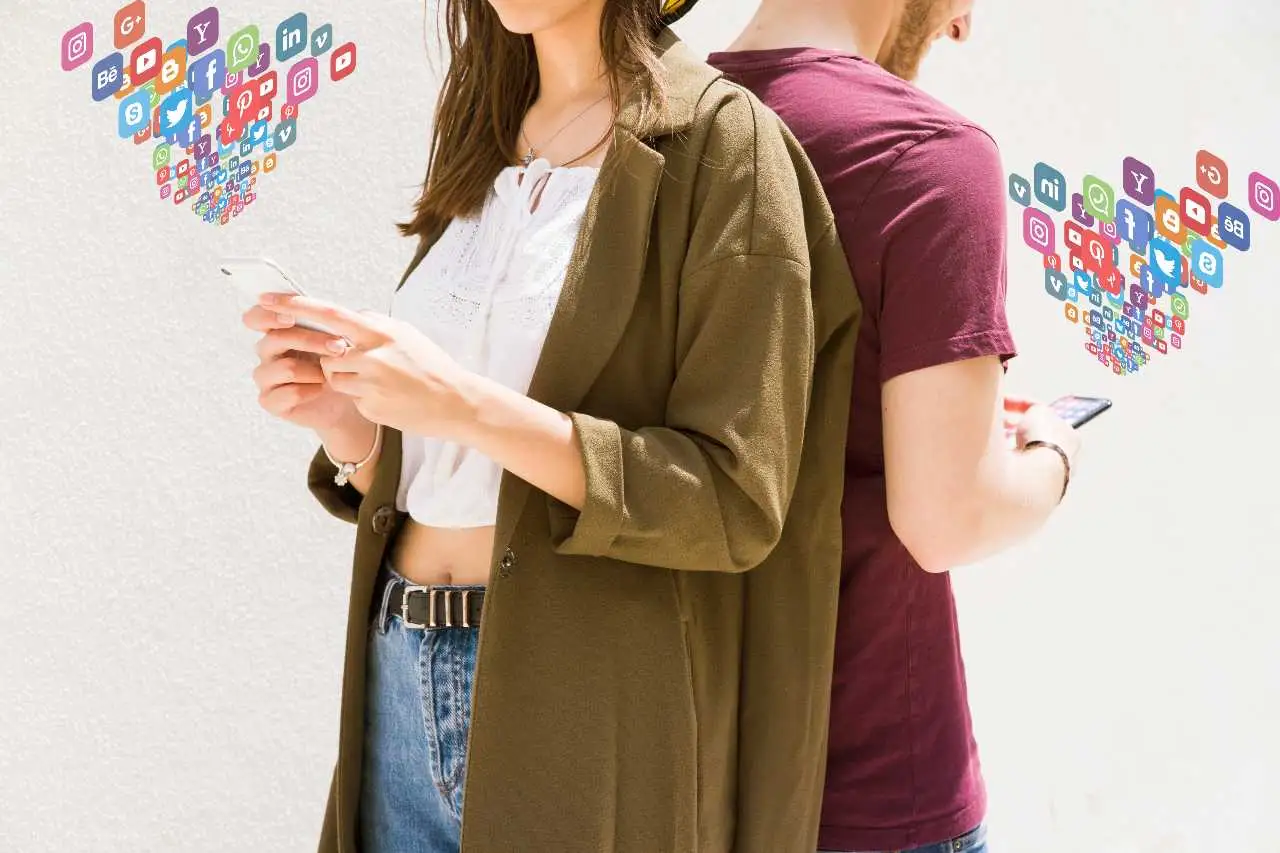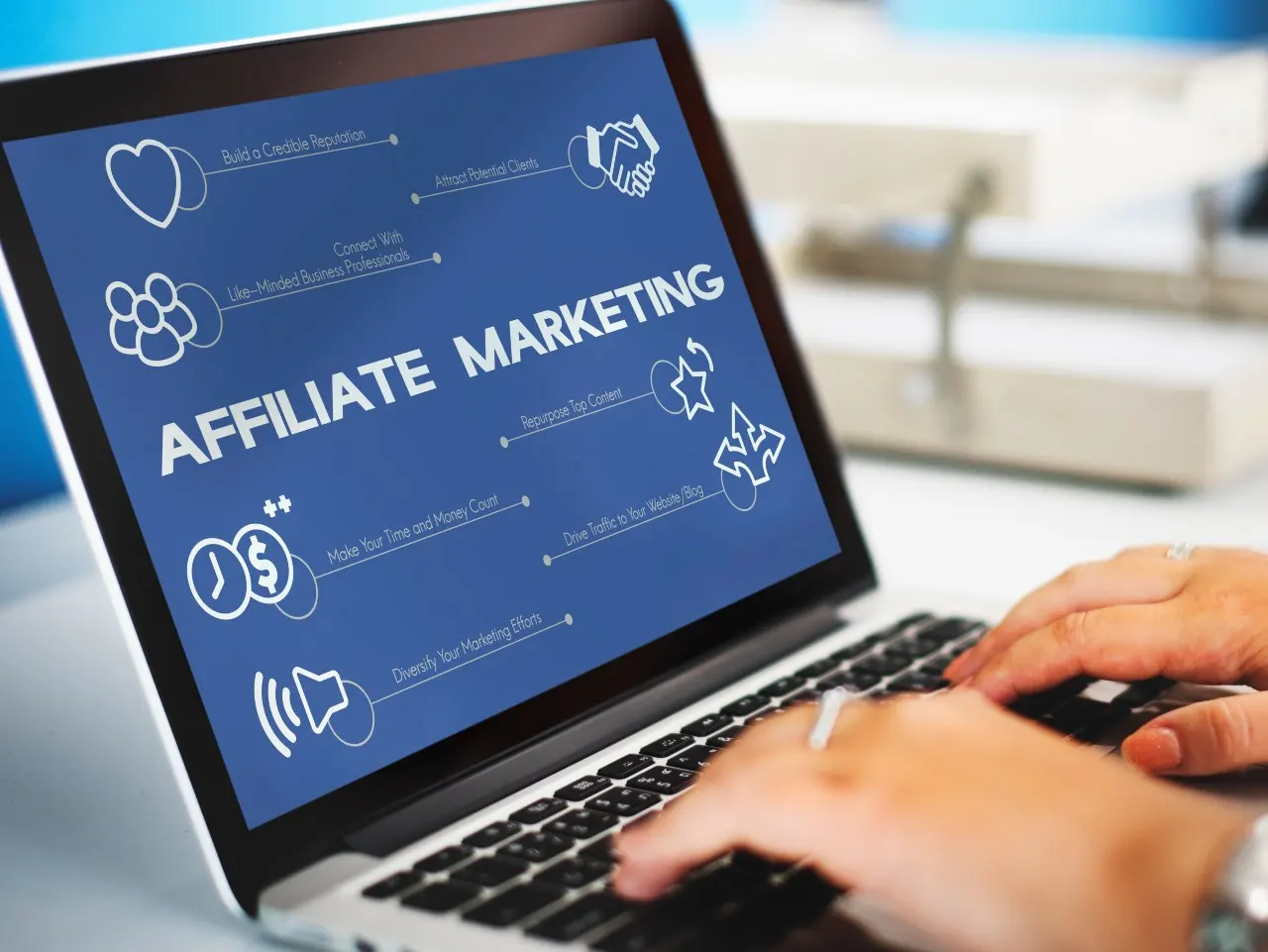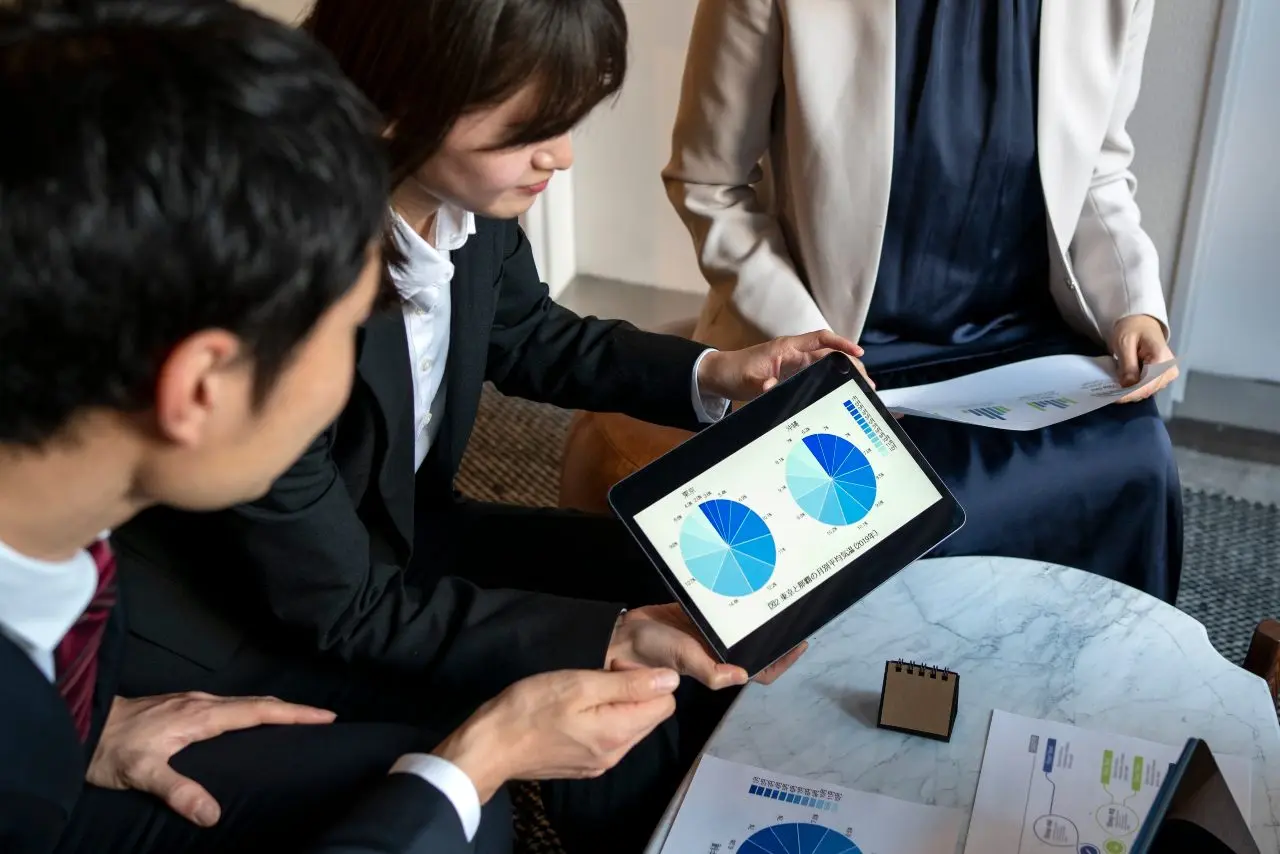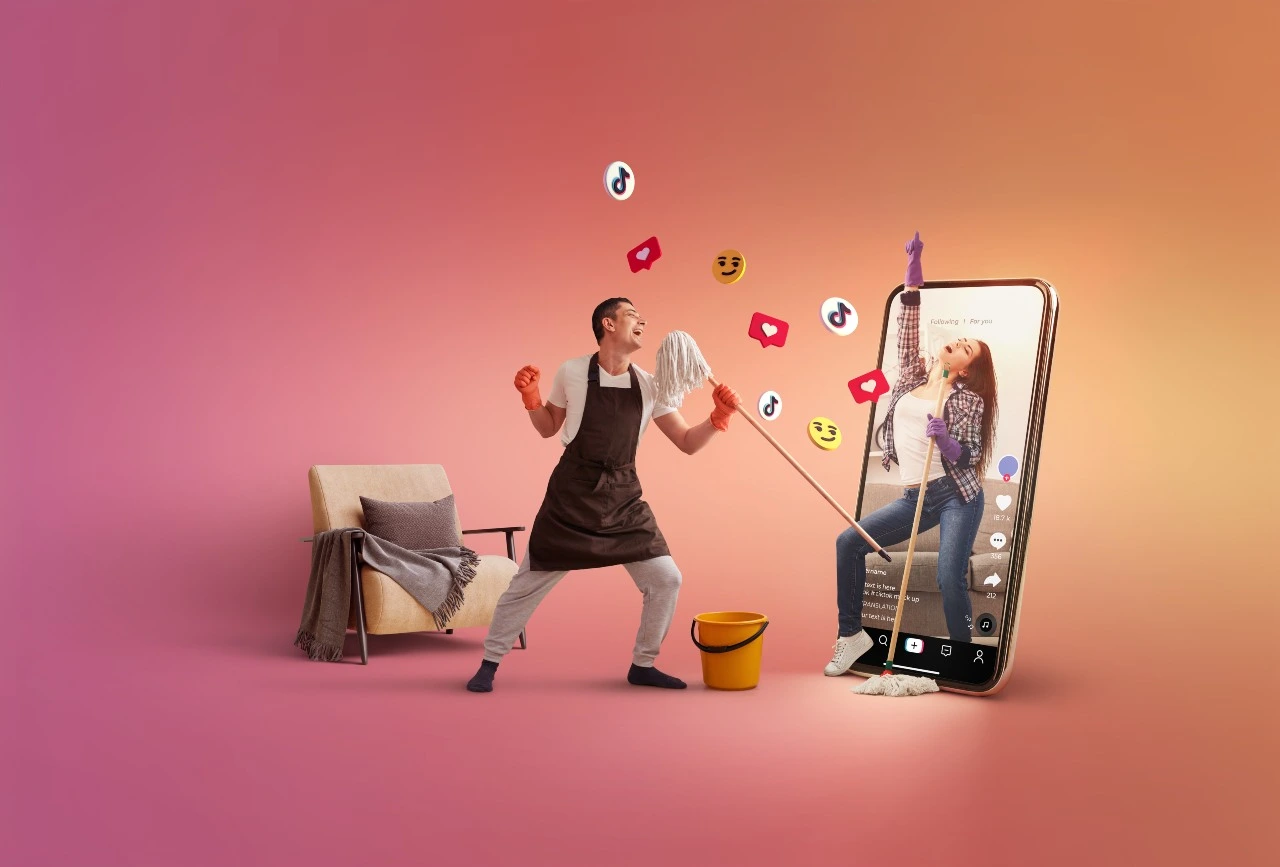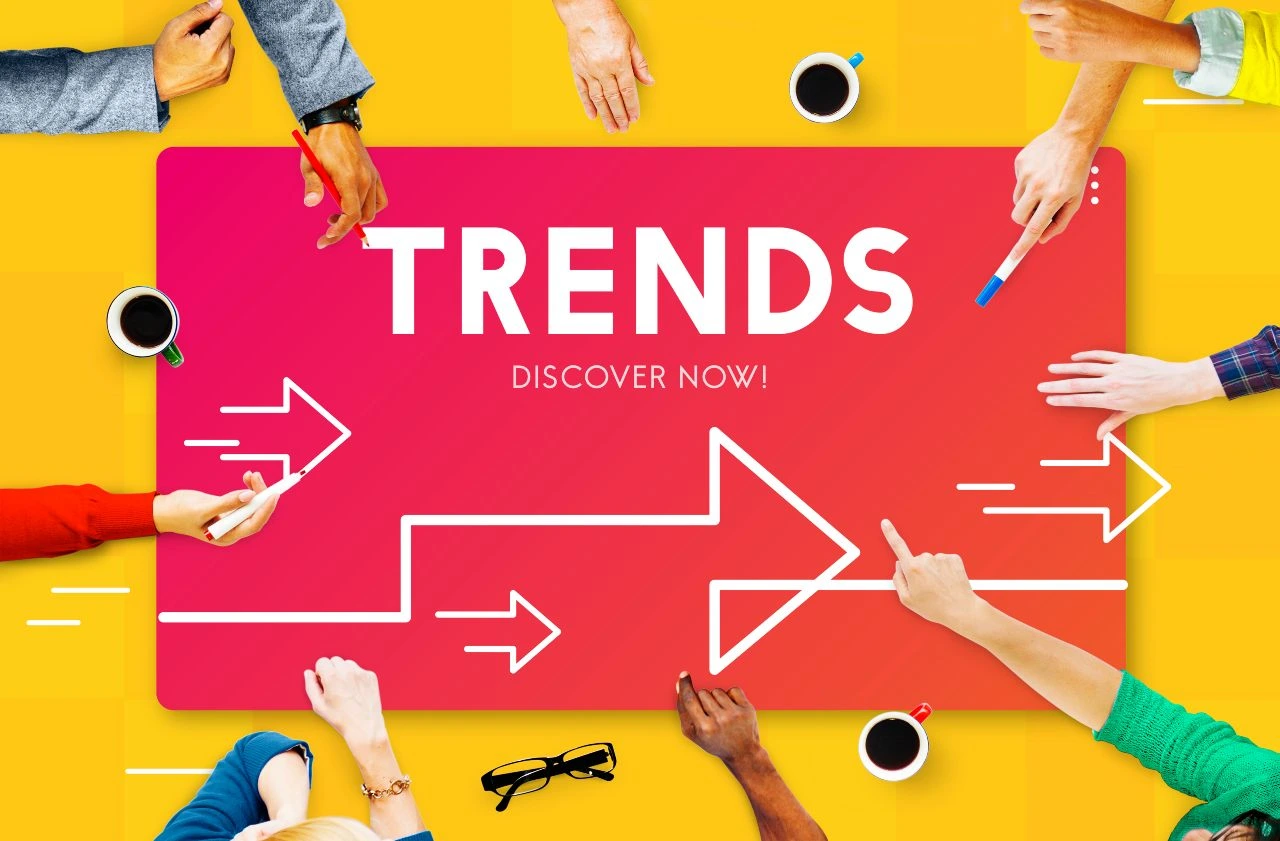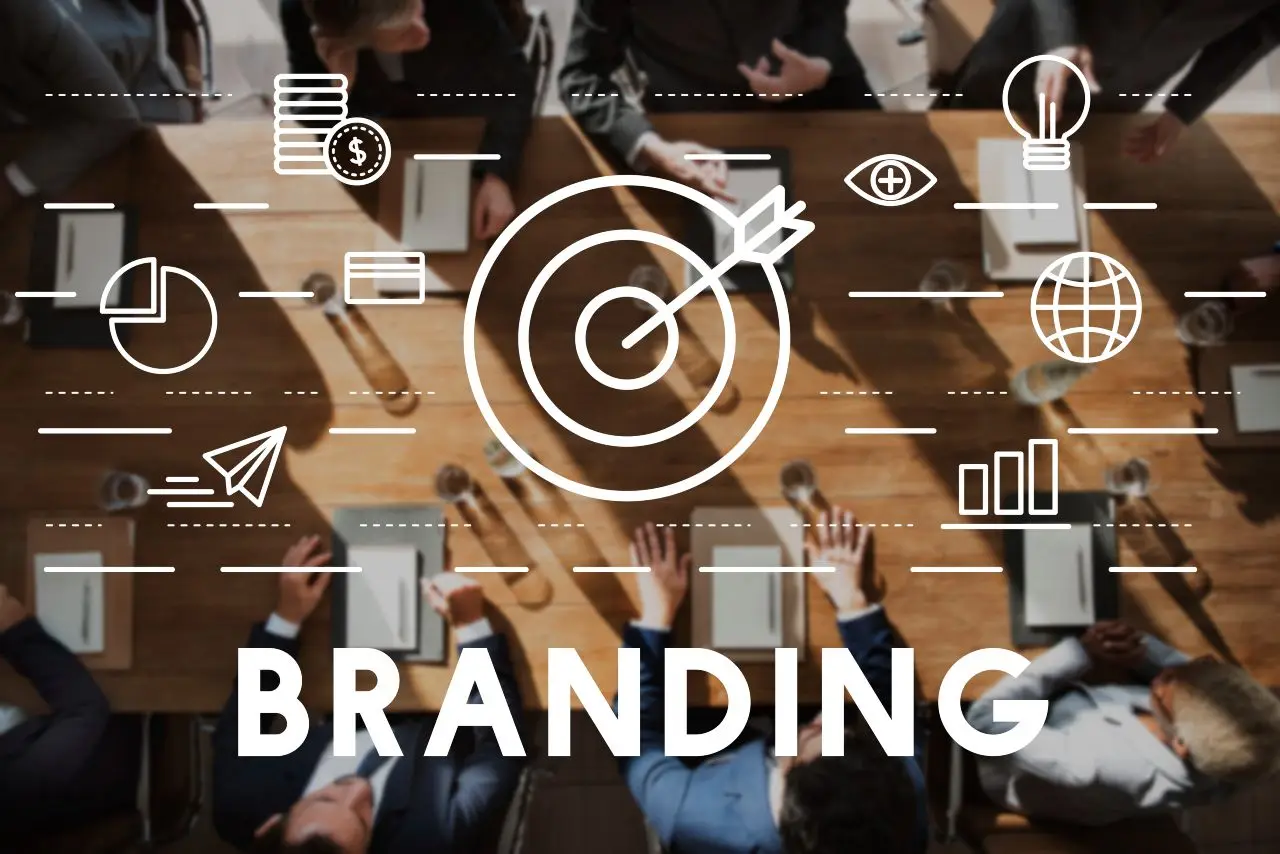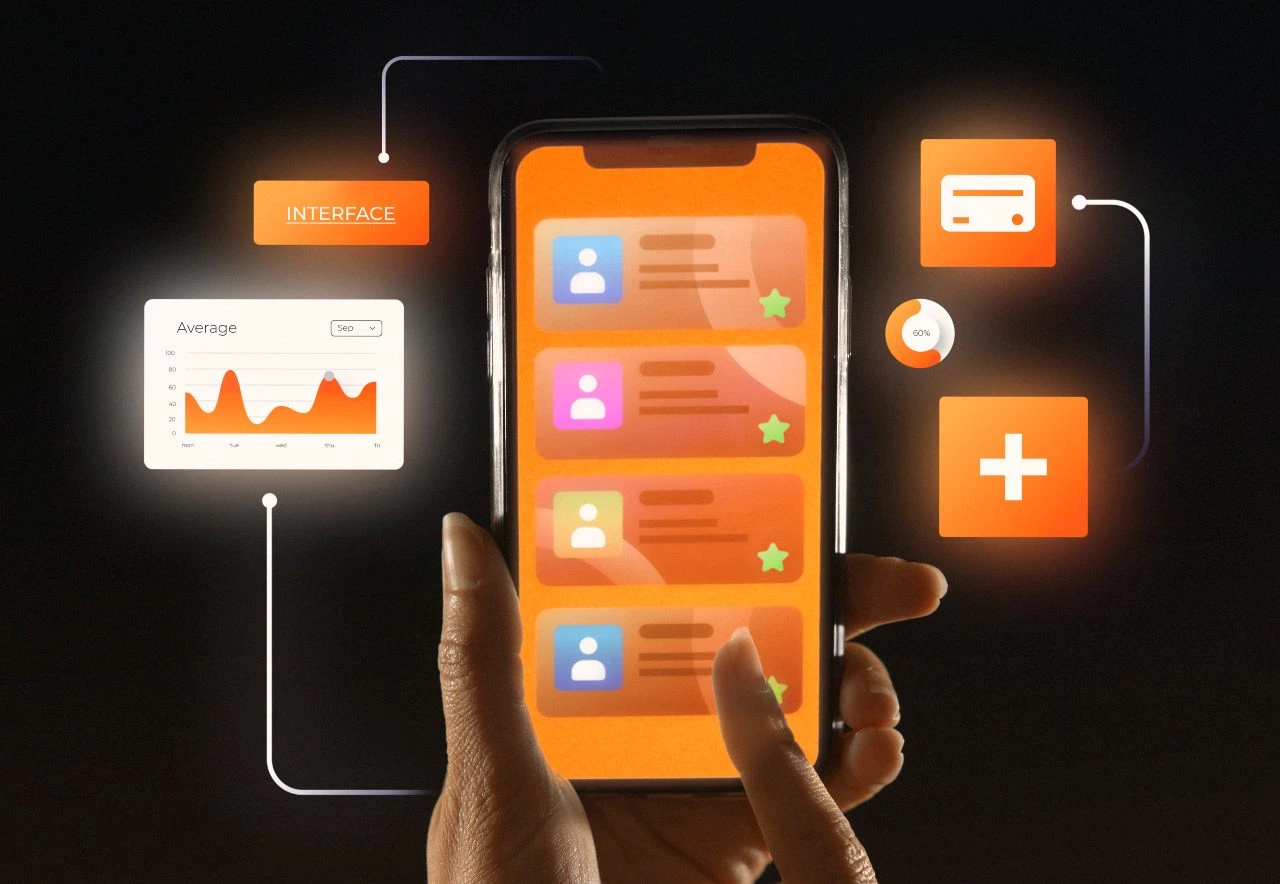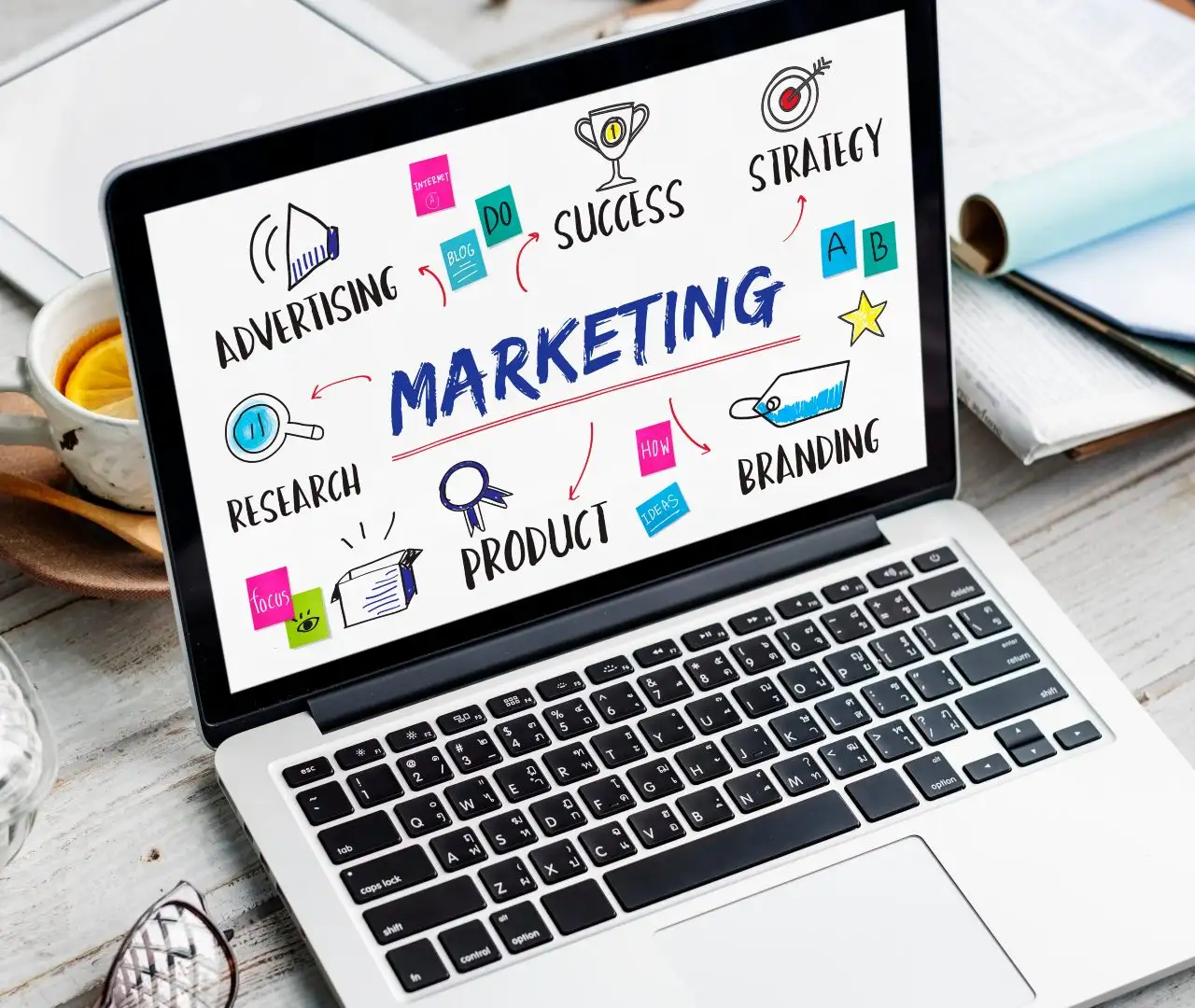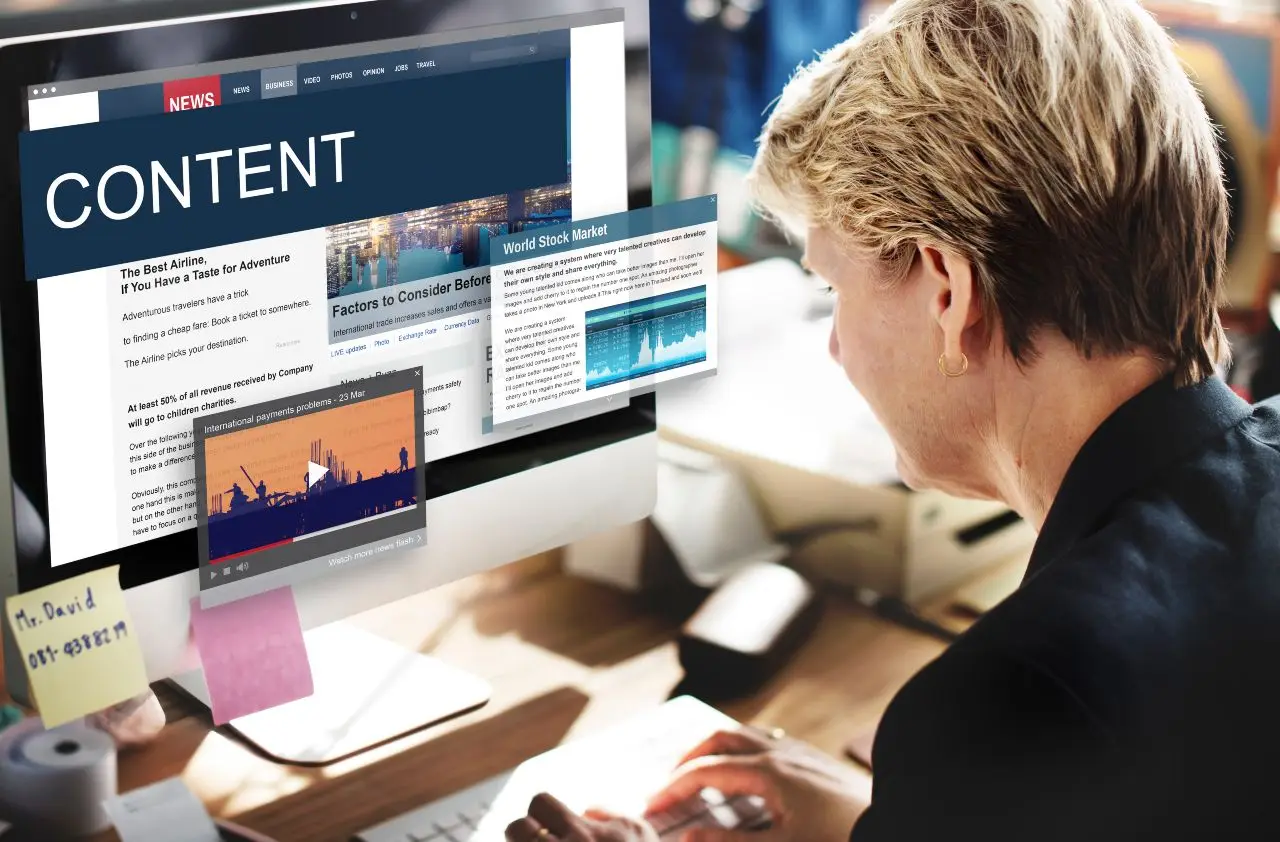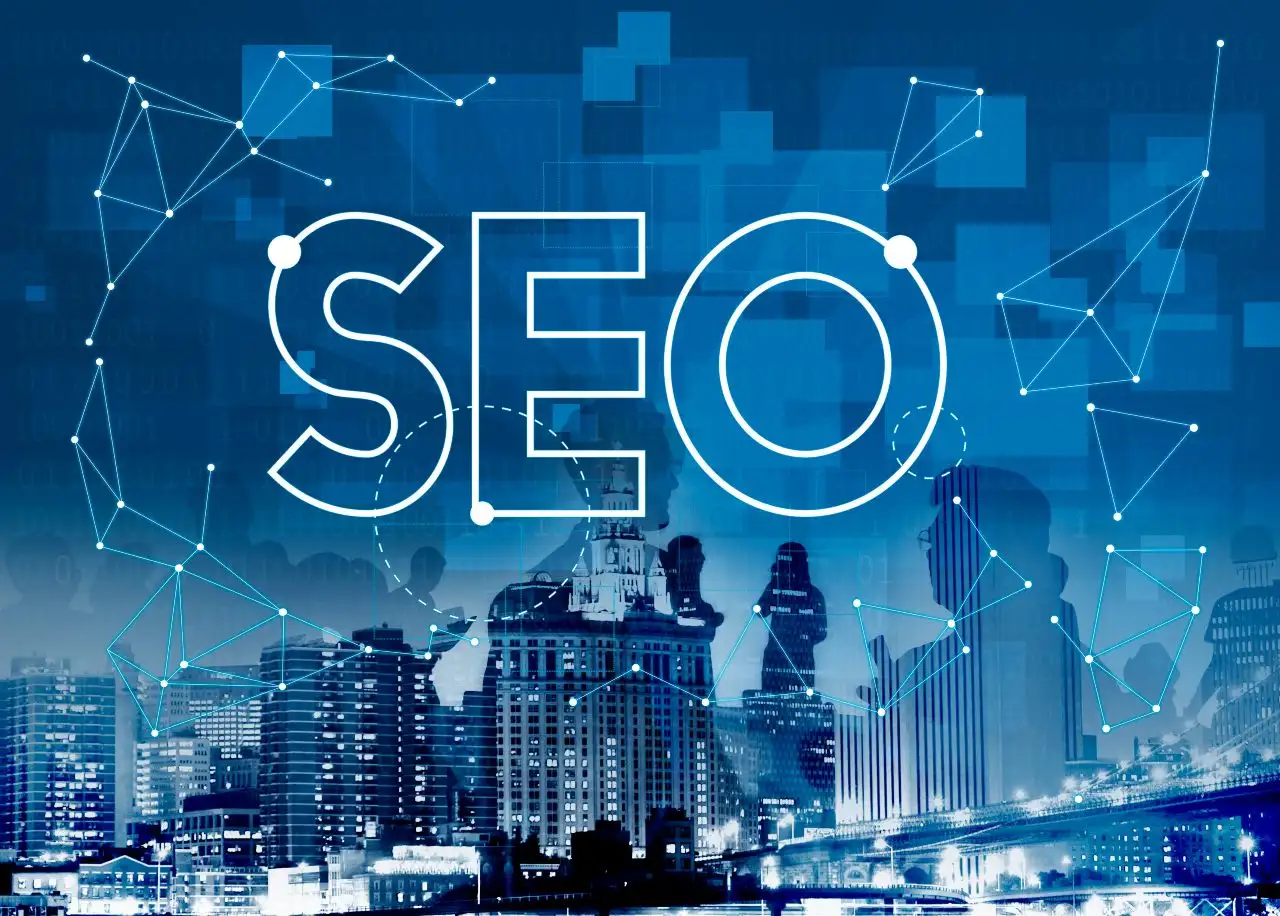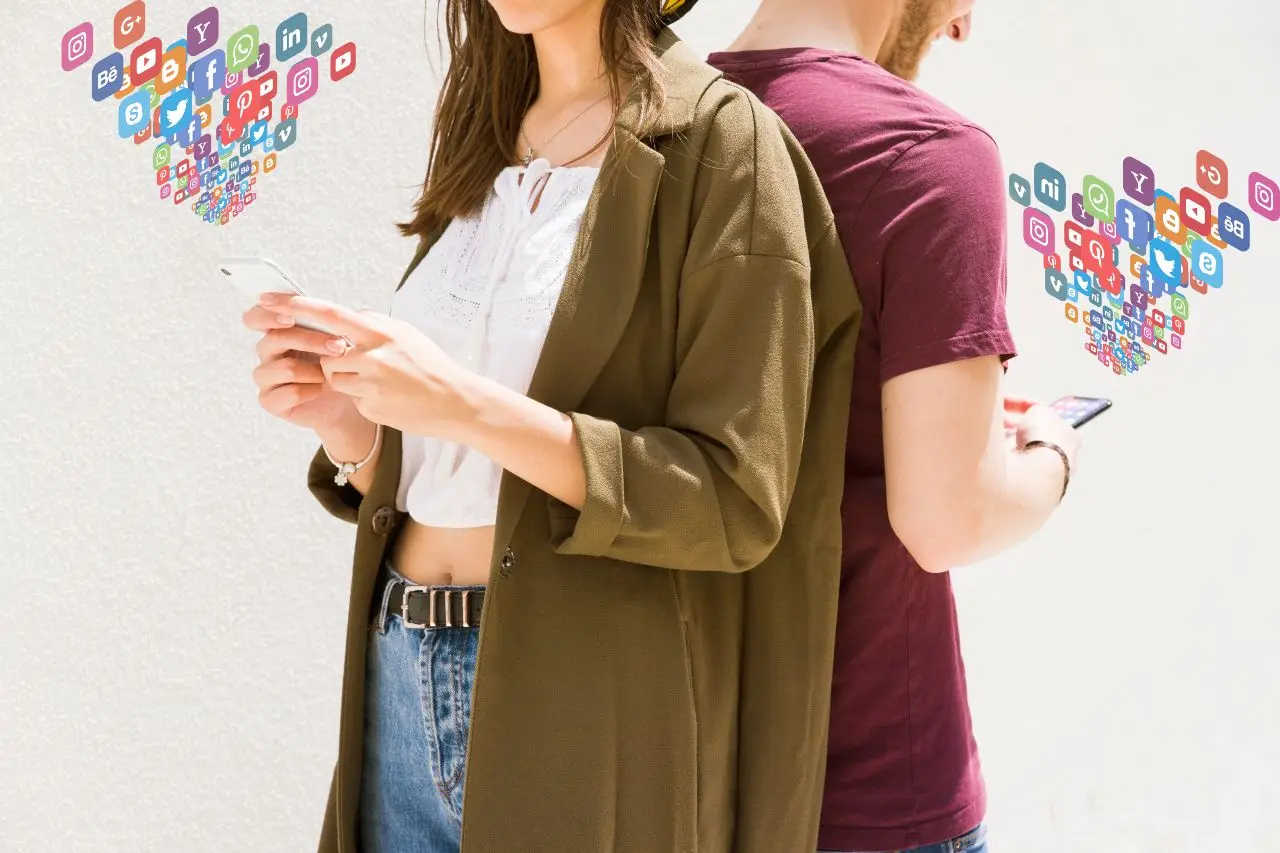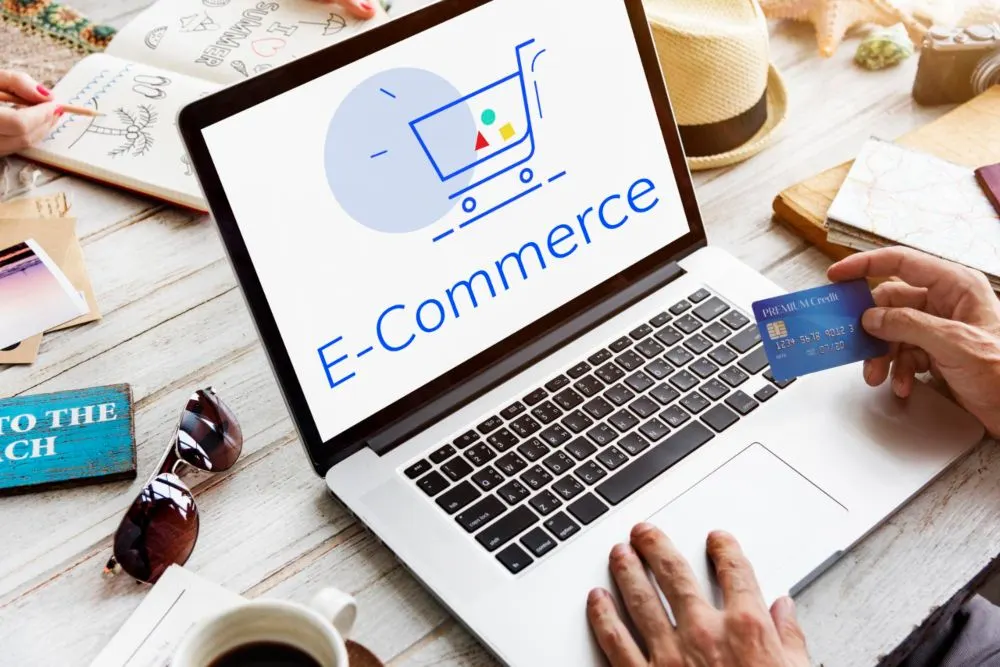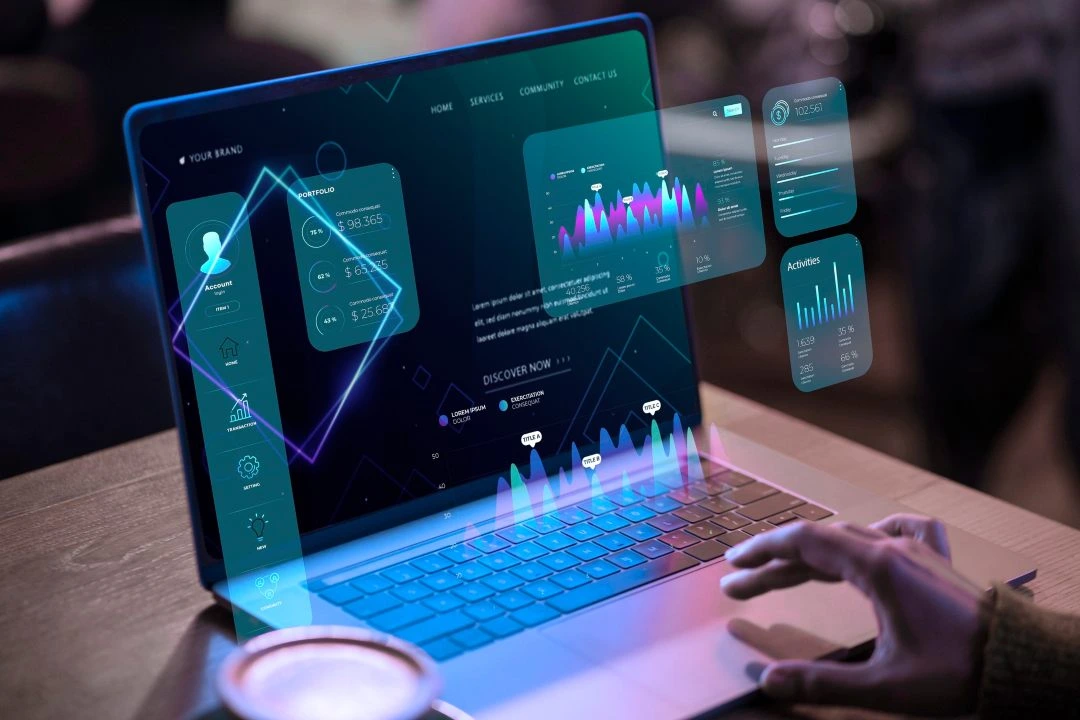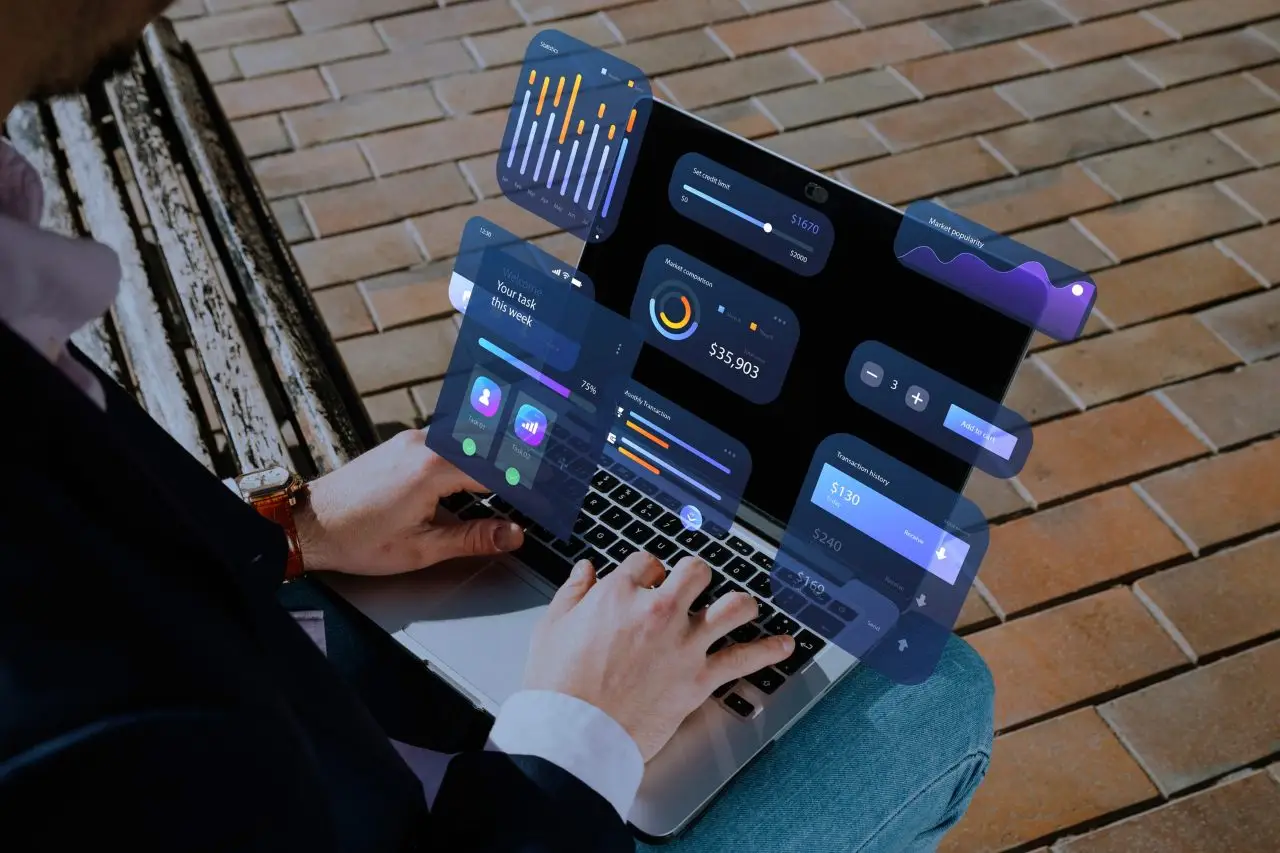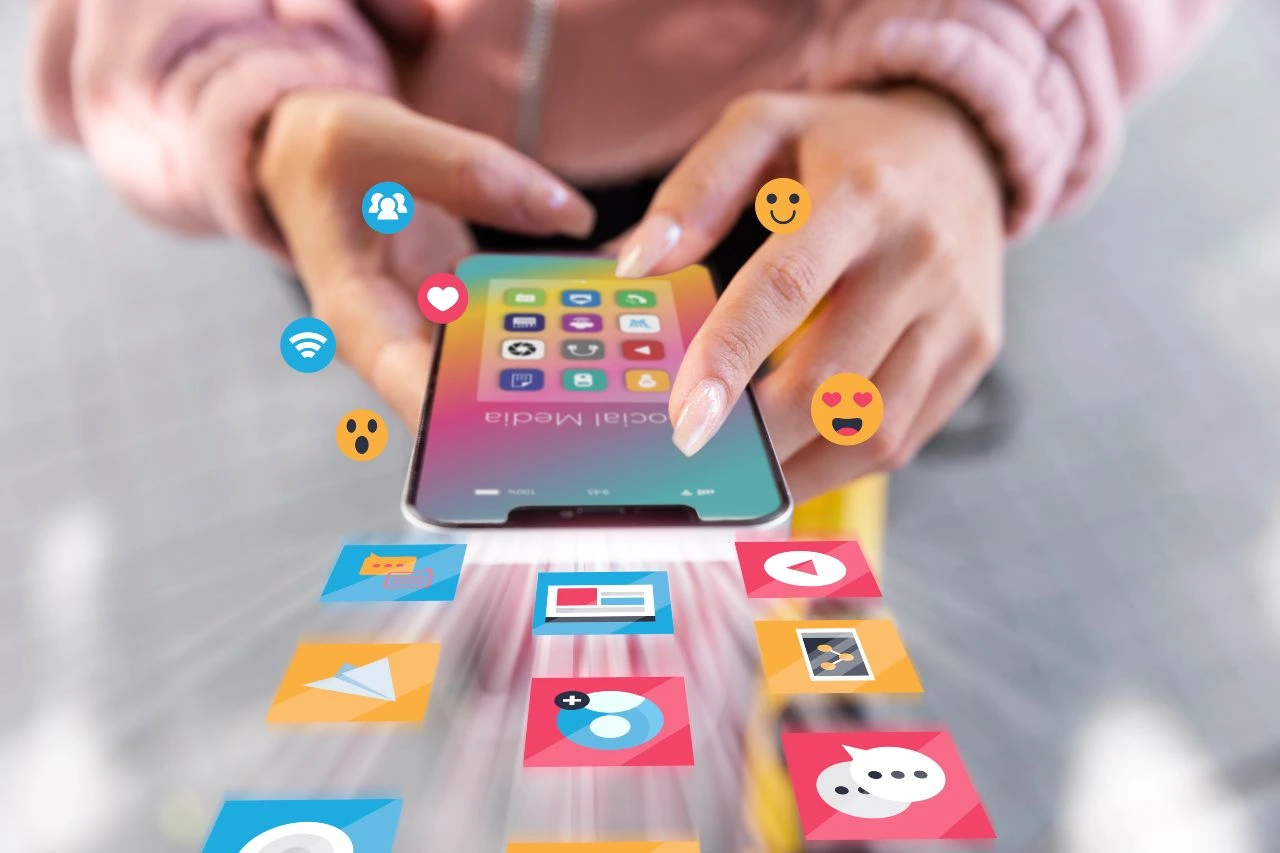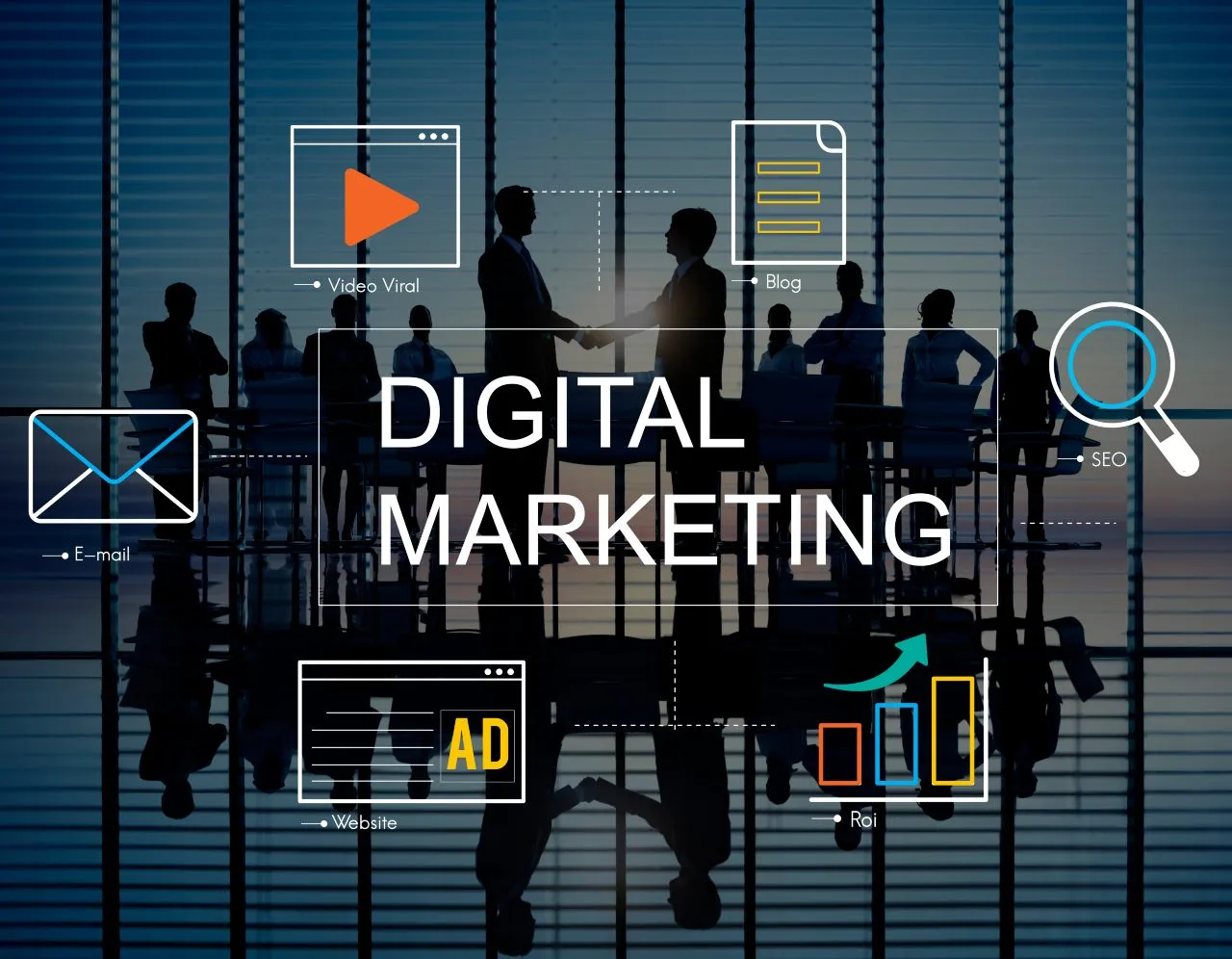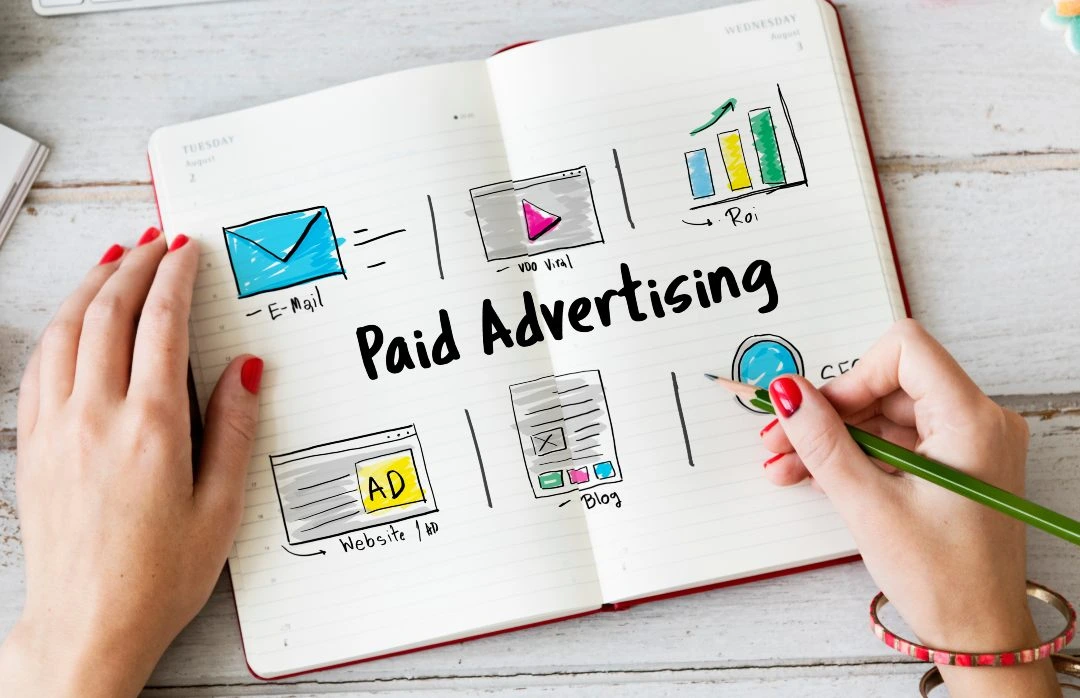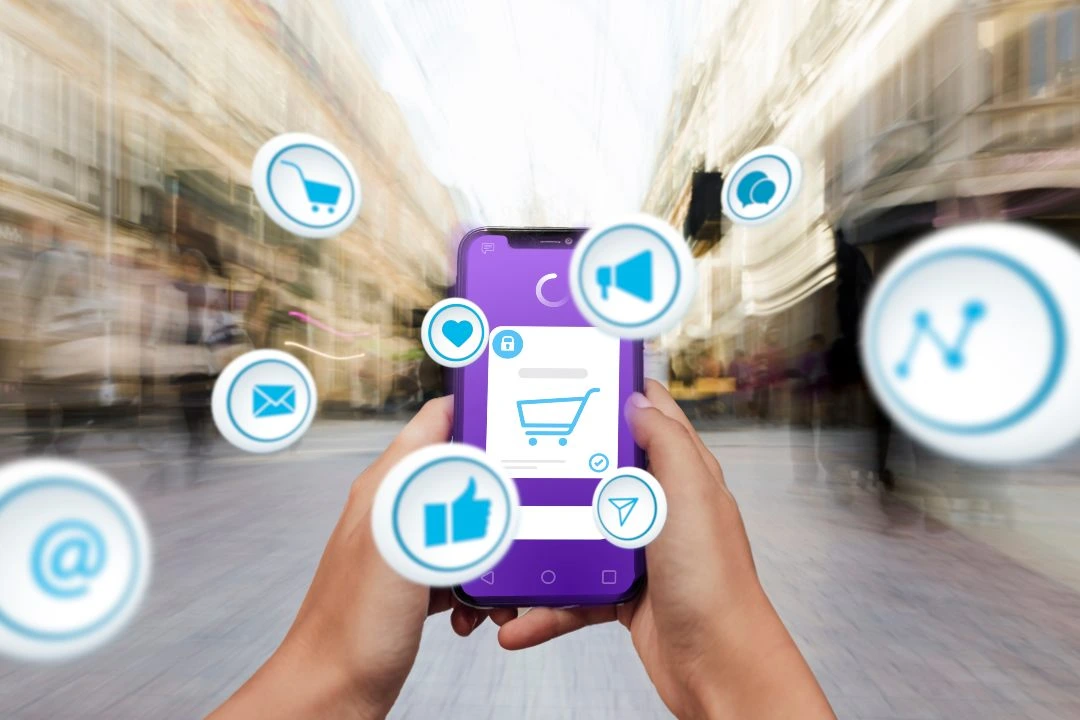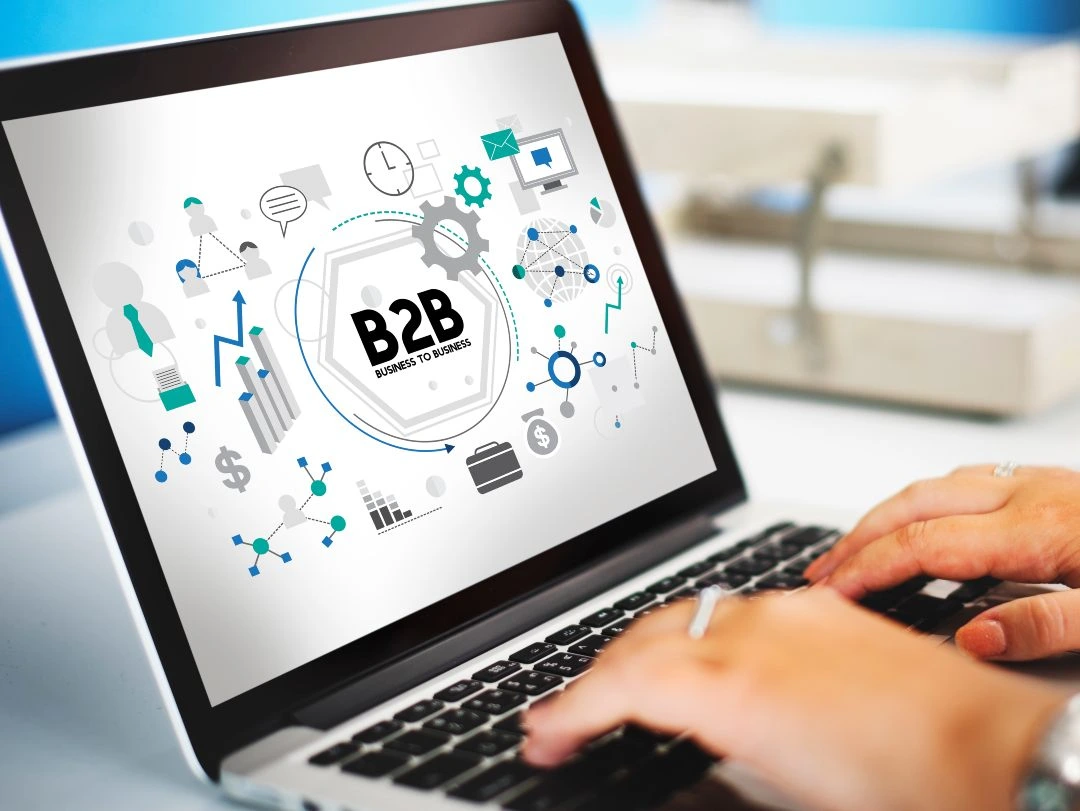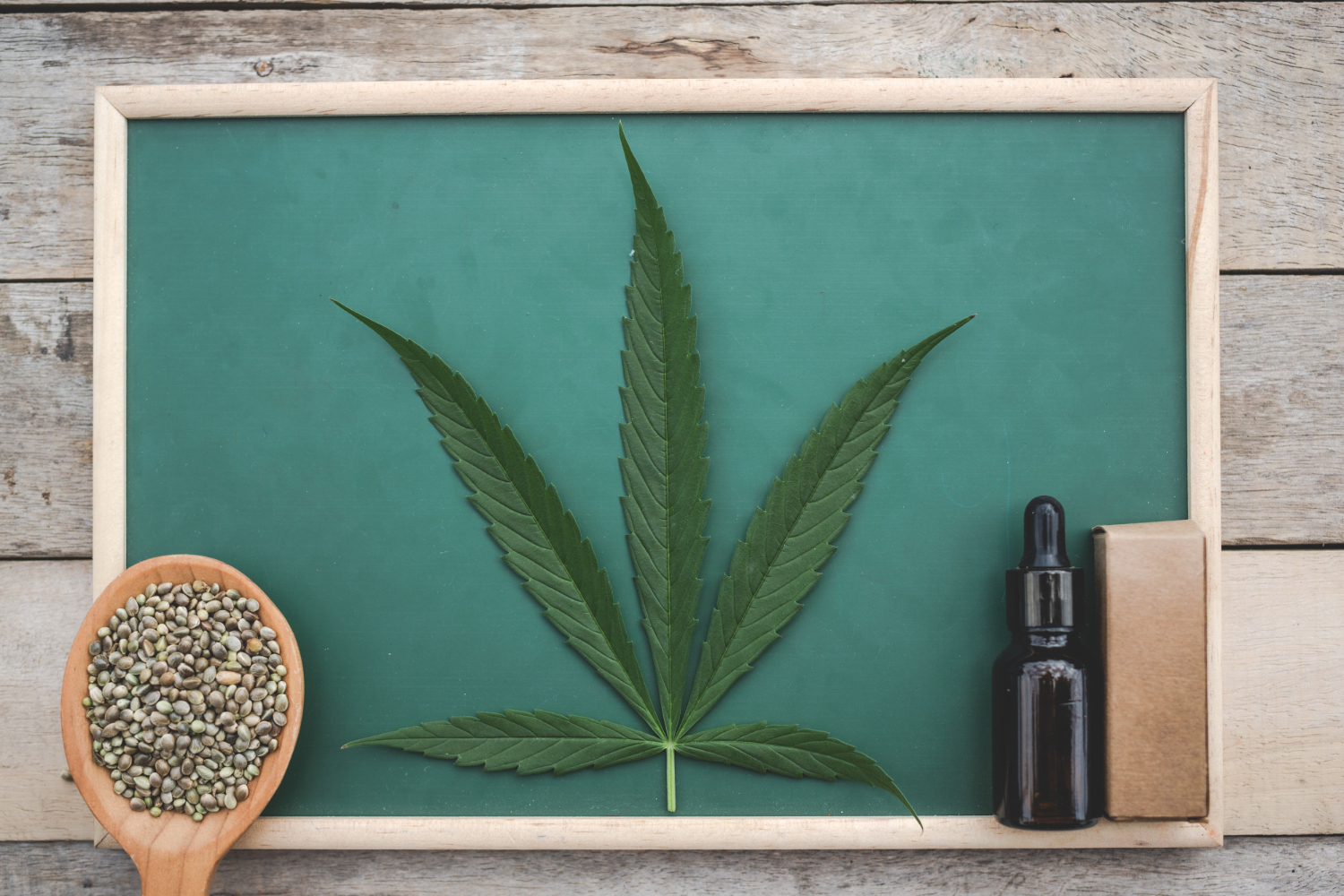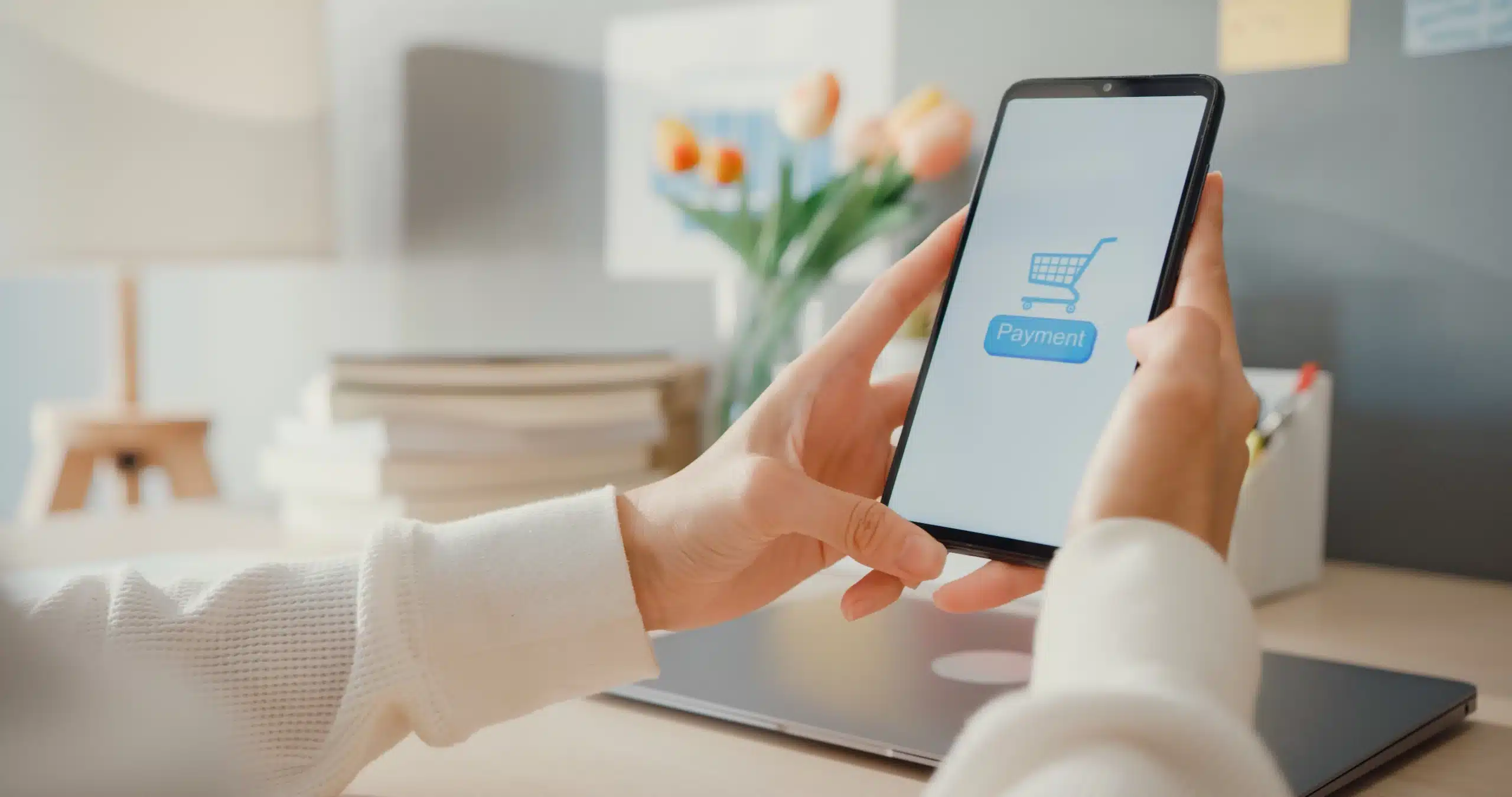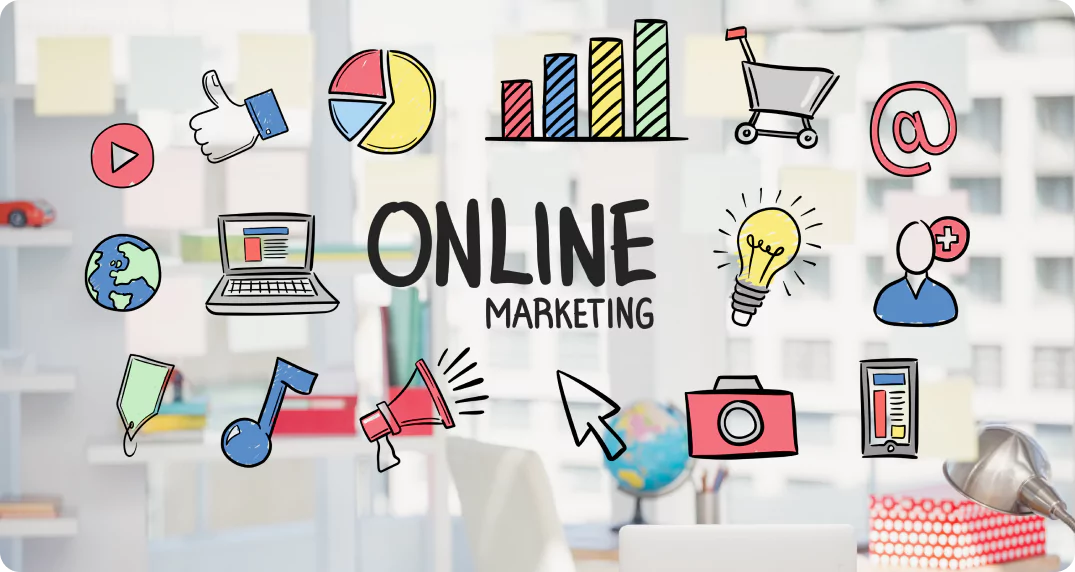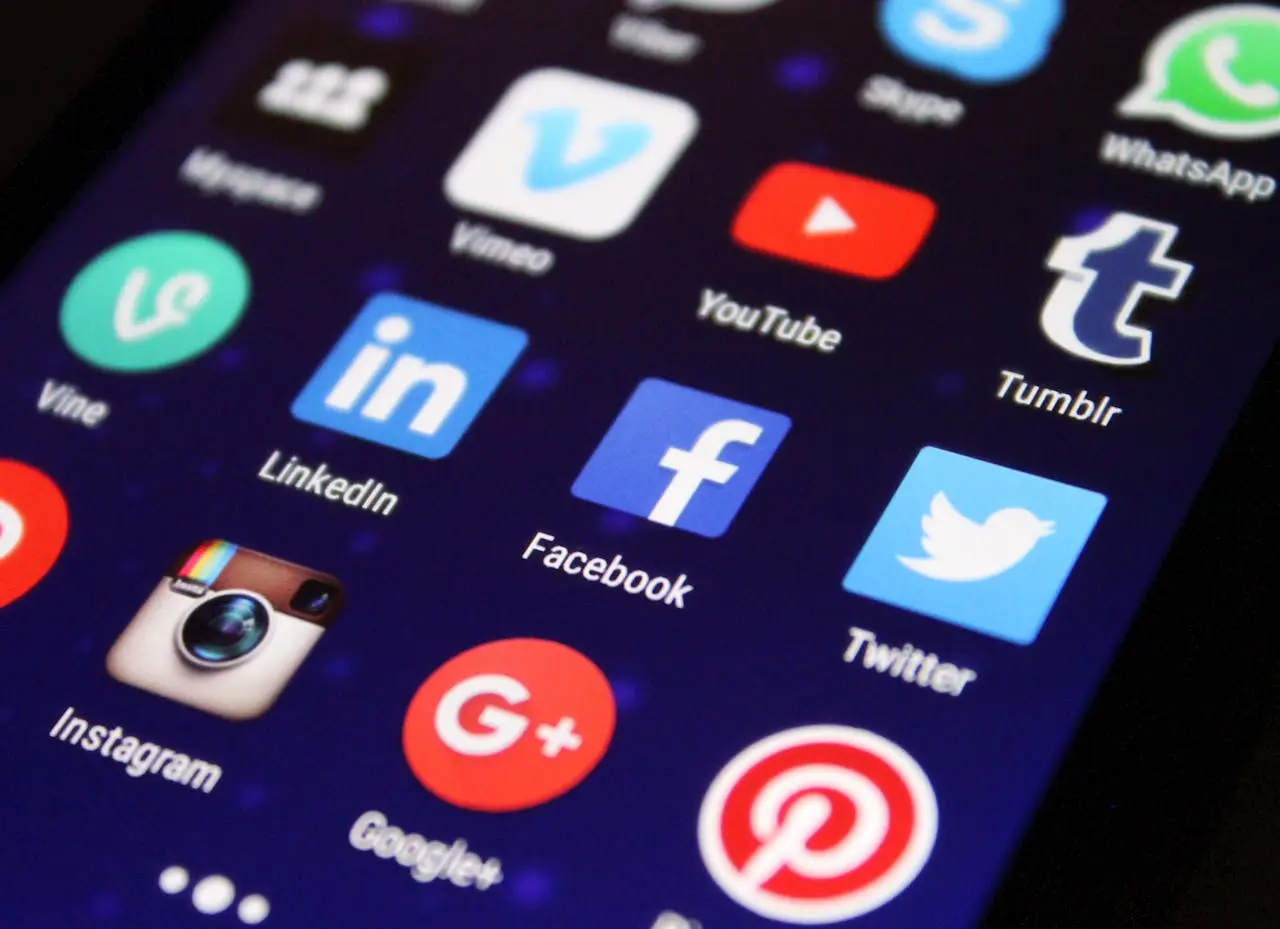The New Rules of Digital Engagement: What the Data Reveals
In an era dominated by fleeting online interactions, how do you truly capture and keep your audience’s attention? It’s no longer enough to simply be present; you need to create experiences that resonate, engage, and convert. Welcome to the new era of digital engagement trends, where data-driven strategies redefine how businesses connect with their audiences.
Forget generic content blasts and passive consumption. Today’s successful brands are leveraging AI, interactive experiences, and the power of mobile and social media to forge meaningful connections.
This article will explore the latest digital engagement trends and provide actionable insights to help you boost audience participation and loyalty through personalized advertising, interactive content, mobile-first optimization, and more.
How AI and First-Party Data Are Rewriting the Playbook for Ad Personalization
As competition for consumer attention intensifies, standing out with generic ads simply doesn’t cut it. AI is becoming the secret ingredient for advertisers looking to deliver not just the right message, but the right experience—at precisely the right time. Integrating AI with first-party data is unlocking new levels of personalization, making ad campaigns more agile and better at resonating with real user behaviors, while also adapting in real time.
- Google Ads leverages AI to optimize bids and craft highly relevant ads, helping ensure you reach the audience most likely to convert. Notably, Performance Max campaigns use keywordless AI to uncover untapped, high-converting queries and automatically generate ads that match user intent. Marketers can also quickly produce and scale creative assets. Source, Source
- Microsoft is taking conversational advertising further, rolling out generative AI ad solutions like Conversational Ad experiences, Ads for Chat API, and Copilot to create richer user interactions. Source
- Harnessing first-party data sharpens lead quality and targeting: Google’s enhanced conversions feature taps into this data stream to boost bidding accuracy. Additionally, feeding first-party data as audience signals into Performance Max further amplifies campaign precision. Source, Source, Source
Takeaway: For brands determined to punch above their weight, AI-powered personalization using first-party data is quickly shifting from a competitive edge to a baseline expectation. This approach not only drives more relevant ad experiences but also positions brands to adapt to the ongoing changes around data privacy and third-party cookie deprecation.
Pro Tip: Combine the power of machine learning with transparent data practices—make sure your personalization strategy is both effective and ethical. Invest in robust consent management and proactively communicate how you use customer data to build loyalty while unlocking peak ad performance. For businesses looking to fully embrace this evolving digital landscape, exploring full-service marketing solutions can help streamline efforts across channels and ensure cohesive strategies for sustained growth.
Turning Engagement into Action: The Power of Interactive Experiences
With competition for attention fiercer than ever, brands are seeking new ways to spark genuine involvement rather than just fleeting clicks. Interactive and gamified content has quickly risen from novel experiment to a proven strategy for breaking through the noise—encouraging audiences to lean in, participate, and remember your brand. Whether it’s a quiz that educates, a poll that invites opinions, or an immersive game that entertains, these formats can build real connections and keep your brand top of mind.
- Interactive and gamified content isn’t just a fleeting trend; it’s become essential for keeping audiences invested longer and driving meaningful engagement. From simple quizzes to fully branded games, interactive elements can dramatically increase user participation and dwell time. Source
- Brands are getting creative with implementation—think custom online games that tie directly to your product, influencer-led social quizzes, or dynamic polling embedded in blog content. The key? Delivering standout content that your audience actually wants to engage with, elevating both experience and marketing effectiveness. Source
- Interactive videos, in particular, excel at storytelling, education, and simplifying complex topics. Marketers who leverage these tools can guide audiences more effectively through the funnel, offering hands-on experiences that drive higher engagement and lasting impact—ideal when prospects seek in-depth information before making decisions. Source
Takeaway: Interactive content does more than amuse—it informs, involves, and inspires users to take meaningful action. In a world where attention is a precious commodity, the brands that invite their audiences to participate will create both loyal fans and measurable results.
Pro Tip: Don’t just add interactivity for its own sake. Start with a clear goal—education, lead generation, or brand awareness—and craft interactive elements that deliver genuine value. Tools like Typeform, Mentimeter, and interactive video platforms can help you tailor experiences that feel personal and relevant to your audience.
Mobilizing Engagement: Where Social, Mobile, and Short-Form Video Converge
In the race for digital relevance, the lines between social media, mobile browsing, and short-form video have all but disappeared—consumers now expect seamless, visually rich experiences wherever they are. Brands that understand and anticipate these overlapping behaviors aren’t just keeping up; they’re building loyal communities and accelerating conversions. Harnessing the right mix of interactive content and platform-specific strategies is no longer optional—it’s what sets leaders apart.
Social Media’s Pivotal Role in Content Amplification
Social media is the launching pad for content visibility and ongoing dialogue. Platforms like LinkedIn are not just networking hubs—they’re now regarded as the gold standard for B2B outreach and lead nurturing. Forward-thinking marketers recognize that cultivating an authentic, dynamic social presence is essential to spark conversations and drive consistent site traffic.
- 90% of bloggers rely on social media as their main method for promoting blog content and generating traffic. Source
- LinkedIn ranks as the most effective content promotion channel for 92% of content marketers. Source
- 84% of B2B marketers rate LinkedIn as the highest-value social platform for their objectives. Source
LinkedIn’s dominance is a testament to the shift toward professional, insight-driven engagement—especially in the B2B space. Tailoring your message for each social platform and participating authentically in relevant communities are now must-haves for any brand striving to expand its influence and credibility.
Mobile-First Experiences: Meeting Audiences Where They Are
Mobile devices are not just convenient—they are the backbone of modern browsing and purchase journeys. Today’s shoppers expect brands to anticipate their needs, whether comparing products on lunch breaks, reading reviews in-store, or scrolling through personalized recommendations in-app.
- Mobile accounts for 50.5% of website traffic, outpacing desktop at 46.5%. Source
- More than half of people now use smartphones as their go-to device for search and shopping. Source
- In Q1 2024, smartphones generated 75% of U.S. retail site visits and 66% of online shopping orders. Source, Source
- 49% of mobile users use their phones for price checks, reading reviews, and redeeming coupons. Source
- Nearly 41% of mobile users have made a purchase after seeing a relevant ad. Source
- Roughly 31% are more likely to buy from a brand that offers personalized recommendations on mobile. Source
Mobile optimization is no longer just about responsive design; it’s about curating frictionless, memorable experiences that guide users effortlessly from discovery to decision. Brands excelling here are those investing in lightning-fast load times, intuitive navigation, and tailored, real-time content.
Social on the Go: Designing for the Mobile-First Social User
Social media is inextricably linked with mobile behavior, as scrolling, sharing, and shopping increasingly happen in the palm of our hand. This mobile-social fusion is fueling skyrocketing ad spend and transforming how brands build relationships with customers across the globe.
- 5.17 billion people worldwide use social media as of July 2024, with mobile being the primary access point. Source
- A staggering 99% of social media users log in via their phones. Source, Source
- Global social media ad spending will hit $219.8 billion in 2024, with mobile ad spend set to reach $255.8 billion by 2028. Source
- 98.5% of Facebook’s audience accesses the platform on mobile devices. Source, Source
- Nearly 90% of YouTube visits happen on mobile. Source
- 82% of Pinterest’s audience prefers the app. Source, Source, Source
- Social media user numbers are forecasted to climb to 6.05 billion by 2028. Source
- 71% of Gen Z users in the U.S. are likely to buy directly from Instagram. Source, Source
The takeaway for marketers? Content must deliver thumb-stopping visuals, fast load times, and seamless e-commerce integration. Engaging your audience on mobile-first social platforms isn’t just about visibility—it’s about being present in the moments that matter most.
Short-Form Video: The Ultimate Engagement Engine
Bite-sized video content has become the digital world’s universal language, captivating users and driving unparalleled engagement—especially on mobile. Whether it’s a snappy tutorial, a behind-the-scenes look, or a timely trend, short-form video meets users’ need for instant, high-impact storytelling.
- Nearly all short-form videos are viewed for over 40% of their length; 59% are watched for 41-80% of their duration, while 30% keep viewers engaged for more than 81%. Source
- Millennials invest between 10 and 20 hours per week consuming online video, with YouTube as a primary destination. Source
- Brands are ramping up investment in video content across YouTube, TikTok, and Instagram to deepen audience connections. Source
- Short-form video has become the most consumed type of marketing content online. Source
Short-form’s meteoric rise reflects not only changing content preferences but also new opportunities for spontaneous, authentic brand storytelling. Marketers who experiment with different video formats—challenges, teasers, live moments—can tap into rich engagement and viral potential.
Key Takeaway: Integrate, Innovate, and Optimize for On-the-Go Audiences
The convergence of social, mobile, and short-form video isn’t just a trend—it’s the new foundation for digital strategy. Brands that actively blend these elements are best positioned to capture fleeting attention, inspire loyalty, and turn casual viewers into lifelong customers. The challenge—and opportunity—lies in continuous experimentation and real-time adaptation to evolving consumer habits.
Pro Tip: Don’t just create for mobile—create with mobile in mind. Use vertical video, tap-friendly CTAs, and adaptive layouts to ensure your content shines on every screen size. Regularly analyze your engagement metrics by device and platform to refine your approach and stay ahead of the curve.
Harnessing UGC to Spark Genuine Connections
Amid fierce competition for consumer attention, brands that showcase real customer voices are rising above the noise. User-generated content (UGC) doesn’t just lend authenticity—it transforms passive audiences into active brand collaborators. With social proof now more influential than traditional advertising, inviting your community to participate can create a powerful flywheel of trust and loyalty.
- Brands that integrate user-generated content (UGC) into their marketing strategies can see engagement increase by 25%. Source
- A significant majority (60%) of users are willing to create content for a brand if incentivized. Source
- User-generated videos on YouTube receive ten times more views than videos produced directly by brands. Source
Tapping into UGC means more than broadcasting customer testimonials—it’s about celebrating community stories in a way that deepens relationships and fuels organic reach. Today’s buyers trust content from peers over polished brand narratives, which makes incentivizing authentic contributions a smart play for growth.
Pro Tip: Launch themed hashtag challenges or spotlight customer stories in regular social features to motivate participation. Not only does this expand your content library, but it also forges a sense of belonging—just remember to request permission before resharing UGC across your channels.
How Stories and Shoppable Videos Fast-Track the Buyer’s Journey
Attention spans are shrinking, but the appetite for discovery and instant gratification is bigger than ever. Ephemeral content—like Instagram Stories—and interactive shoppable videos are changing how brands connect with customers, turning casual viewers into buyers with just a few taps. These formats don’t just showcase products; they create immersive, time-sensitive experiences that spark curiosity and prompt immediate action.
- 58% of individuals report increased interest in a brand or product after viewing it in Stories. Source
- Half of users (50%) have visited a website to make a purchase after seeing a product or service featured in Stories. Source
- Shoppable video ads are gaining traction, particularly on platforms like Instagram, Pinterest, TikTok, and YouTube, where interactive features can significantly increase conversion rates. Source
The real value of ephemeral content and shoppable videos lies in their ability to move consumers from inspiration to checkout in a seamless, frictionless flow. For brands, harnessing these interactive formats isn’t just about getting noticed—it’s about making the buying process so effortless that hesitation fades away.
Pro Tip: To maximize results, pair eye-catching visuals with concise, actionable messaging—think animated product tags or swipe-up links. Keep content fresh and experiment with limited-time offers in Stories to leverage the power of urgency and drive even more conversions.
Funnel-Focused Content Strategy: Why Bottom-of-Funnel Shouldn’t Be Overlooked
Many marketing teams instinctively focus their time and resources on casting the widest net possible: eye-catching blog posts, viral videos, and broad “how-to” guides. While this top-of-funnel (TOFU) approach is great for capturing attention, it often leaves a crucial gap when it comes to actually converting those prospects into paying customers. To move the needle on pipeline and revenue, today’s most effective content marketers are rethinking their priorities and placing more emphasis on content that nurtures leads further along the buyer’s journey.
- 67% of content produced is aimed at the top of the funnel (TOFU). This type of content is broader and ideal for building awareness about your product. Source
- While companies typically prioritize developing TOFU content, it is recommended to prioritize bottom-of-funnel content instead. Source
Relying too heavily on awareness content often results in large website traffic numbers but disappointing conversion rates. By reprioritizing and investing more in bottom-of-funnel (BOFU) content—think in-depth case studies, comparison sheets, and detailed product demos—you can nurture high-intent leads and address specific objections that matter at the final decision stage. Smart content strategies strike a balance: build a robust library for all funnel stages, but don’t neglect the persuasive power of BOFU assets to convert ready-to-buy prospects.
Pro Tip: Audit your existing content by mapping each asset to a funnel stage. Identify major gaps at BOFU and create targeted resources—such as testimonials, ROI calculators, or competitor comparisons—that can directly accelerate decision-making and close more deals. For a comprehensive approach to improving your funnel strategy, consider integrating elements like B2B website strategy into your planning to ensure your content aligns with user intent at every stage.
Conclusion
The digital landscape is evolving at a breakneck pace, and staying ahead means embracing the latest trends and tools that shape how we connect with audiences. From AI-driven personalization and gamified content to mobile-first strategies and the rise of short-form videos, the data reveals one thing clearly: engagement isn’t just about reaching people—it’s about creating meaningful experiences that stick. Whether it’s through leveraging user-generated content to build authentic connections or optimizing shoppable videos to drive instant conversions, modern digital engagement is rooted in relevance, interactivity, and innovation.
As marketers, the challenge lies in balancing creativity with data-driven insights to meet consumers where they are—on their mobile devices, social platforms, or within personalized ad experiences. By prioritizing strategies that align with your audience’s preferences and needs, you not only capture attention but also inspire action.
Ready to boost your traffic and grow your website? Your customers are looking for you, and our SEO services can help you be found across search engines. Let’s create engagement strategies that resonate and drive real results.








